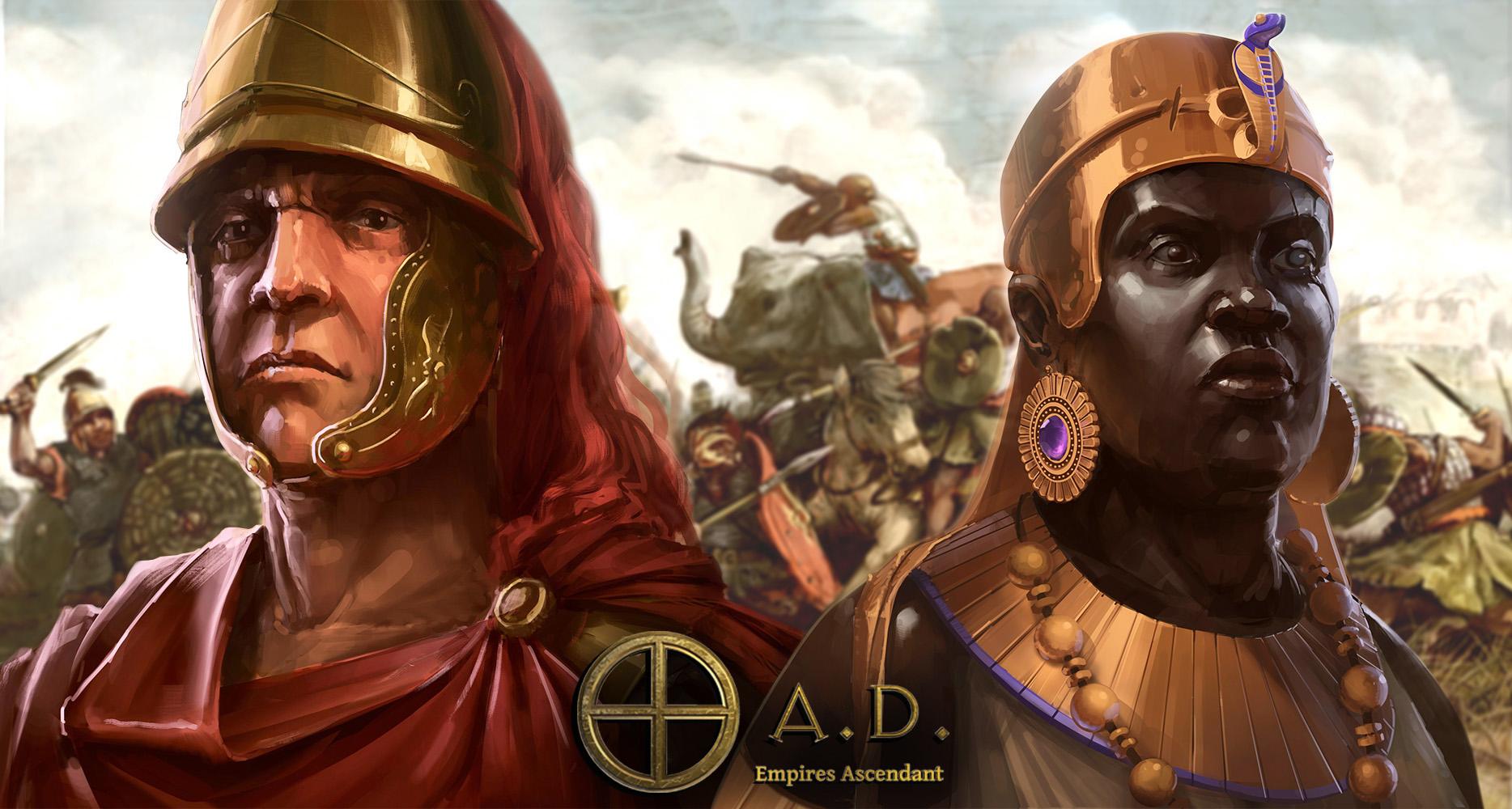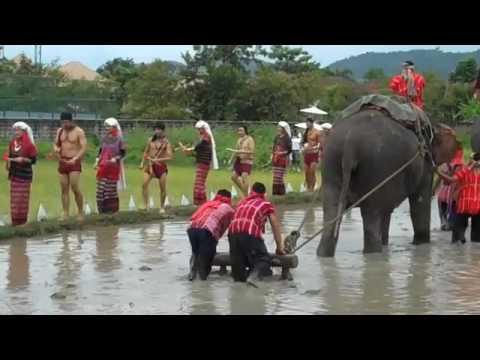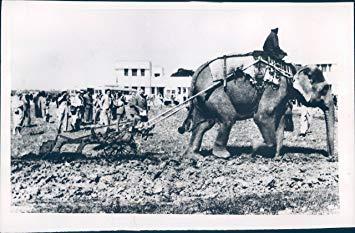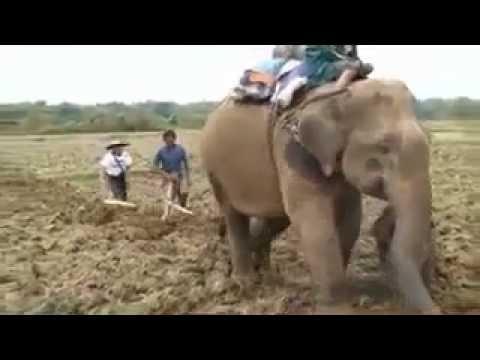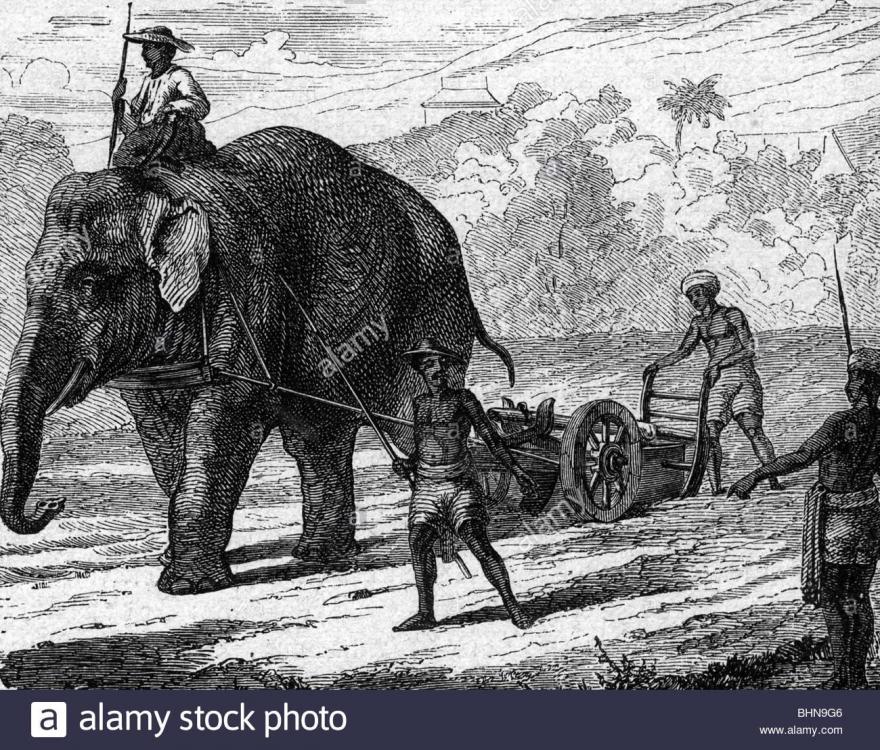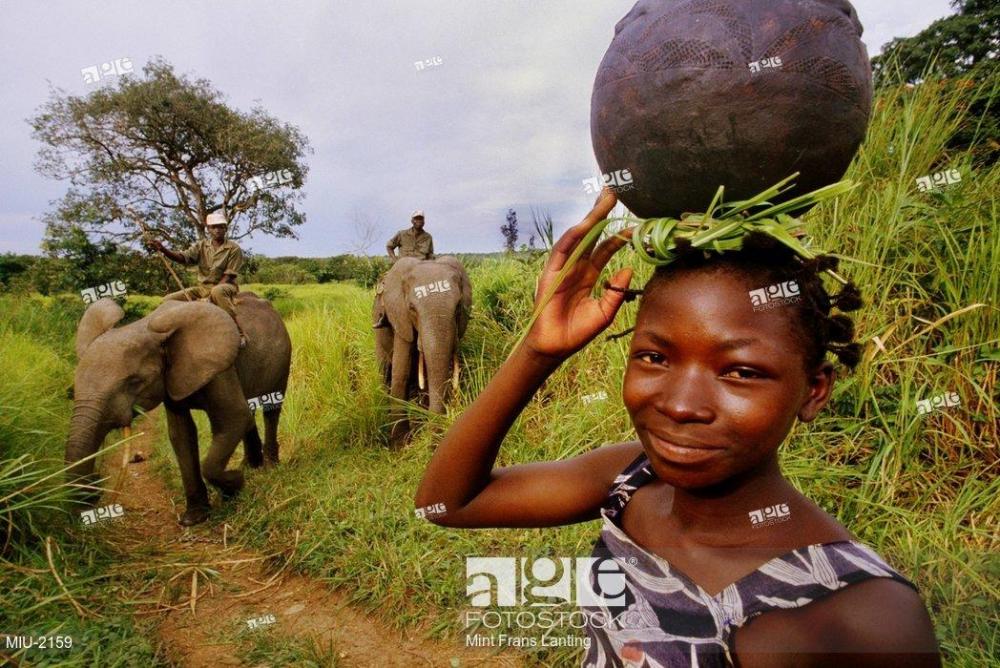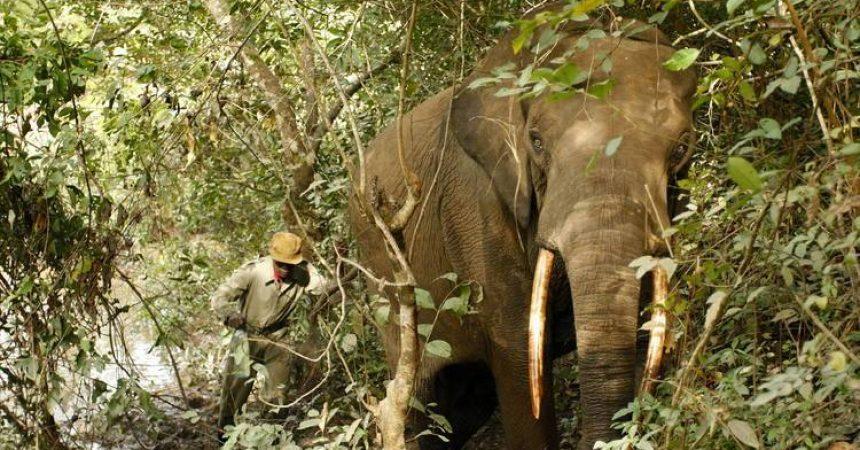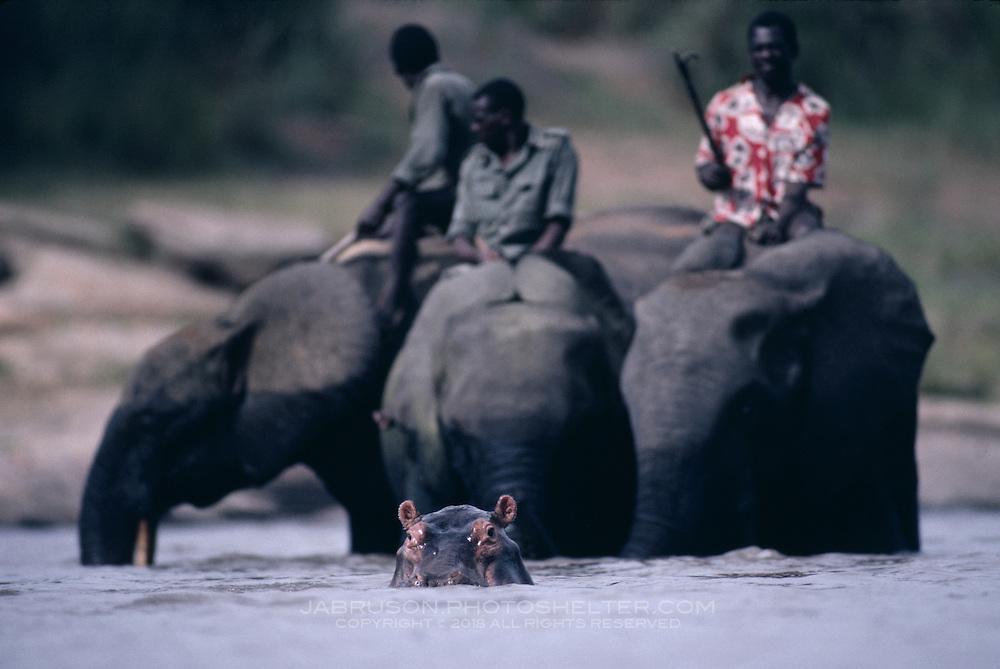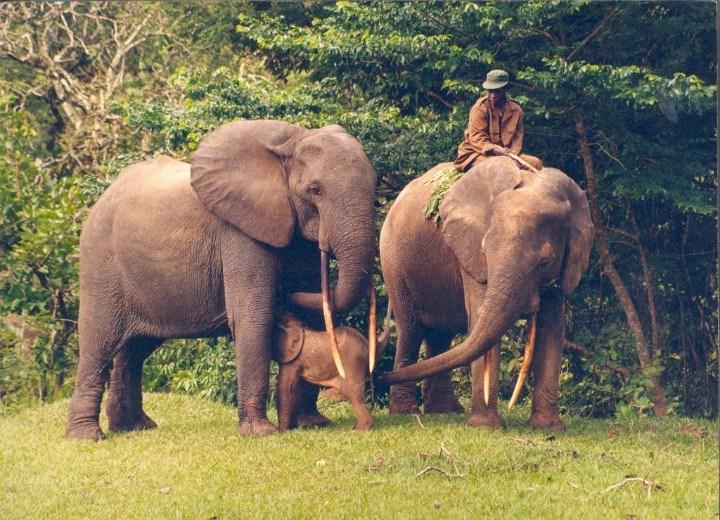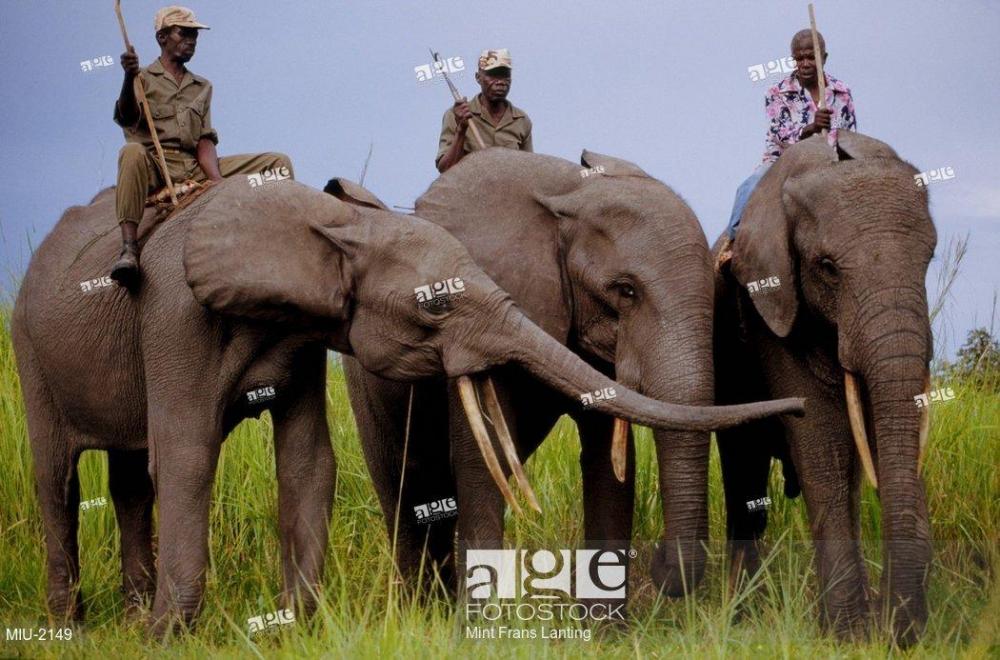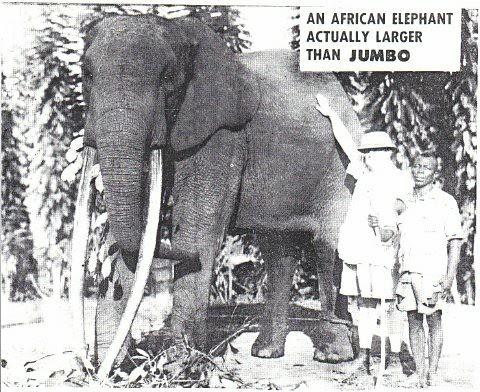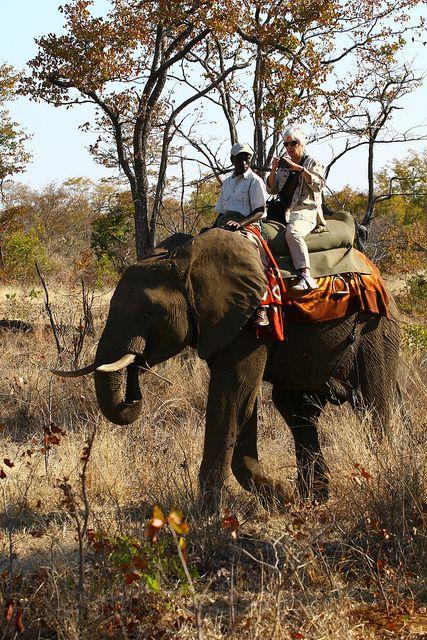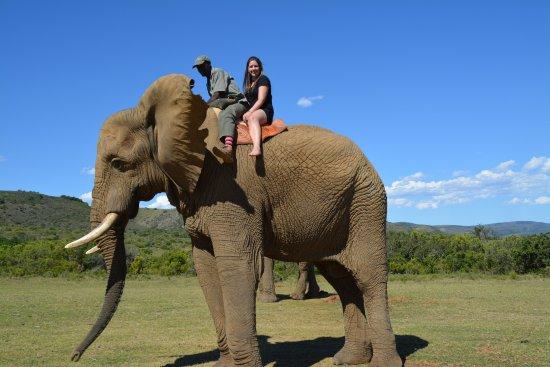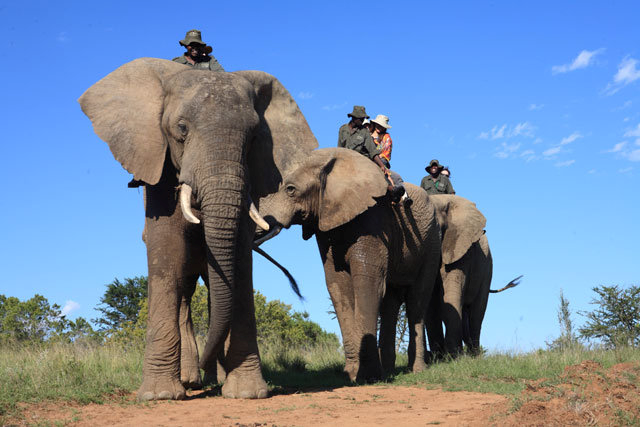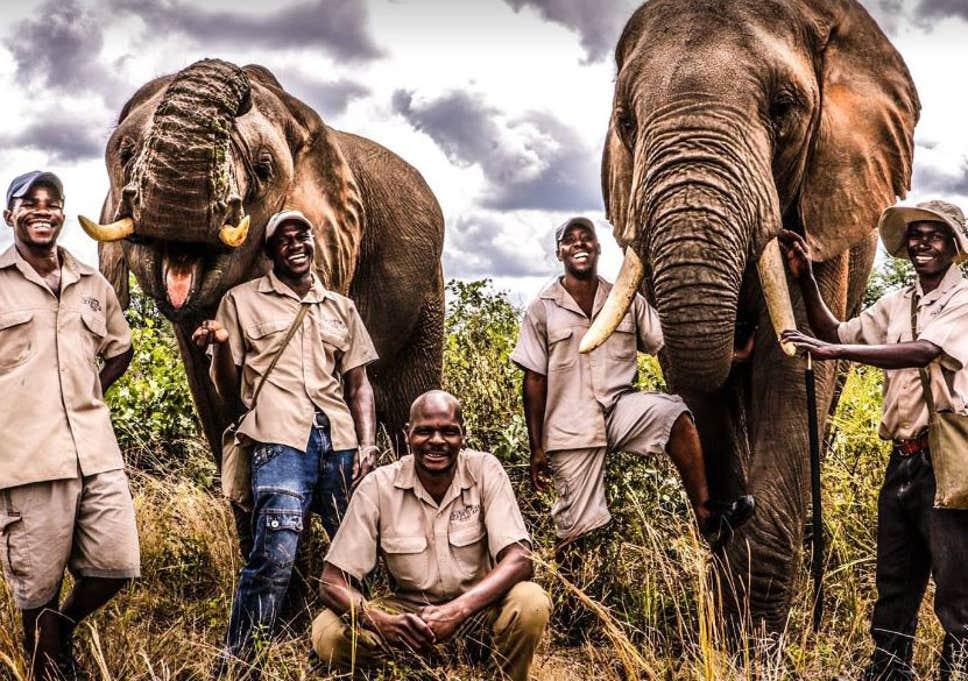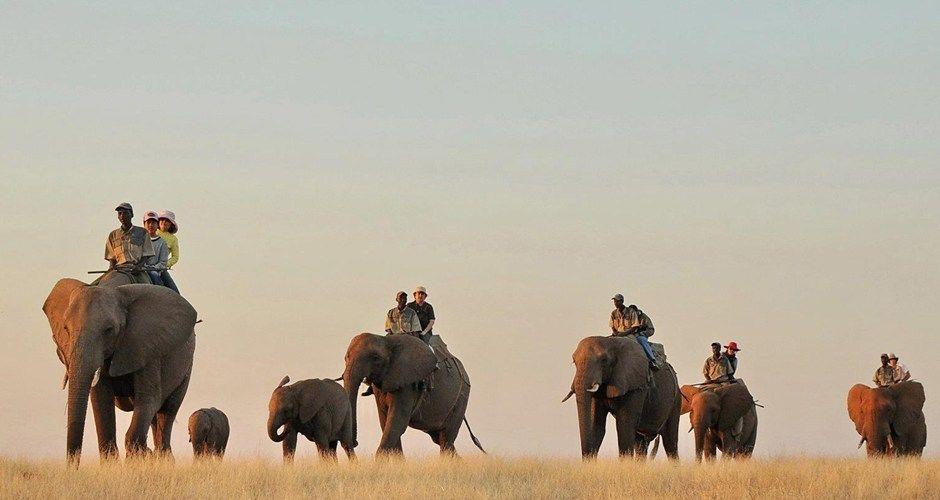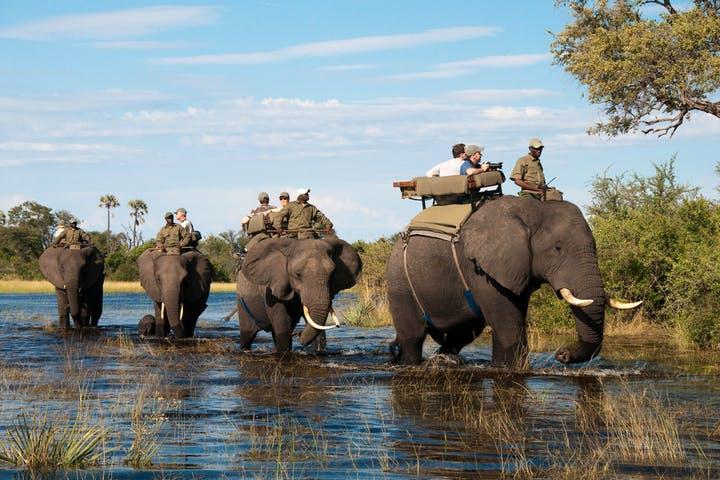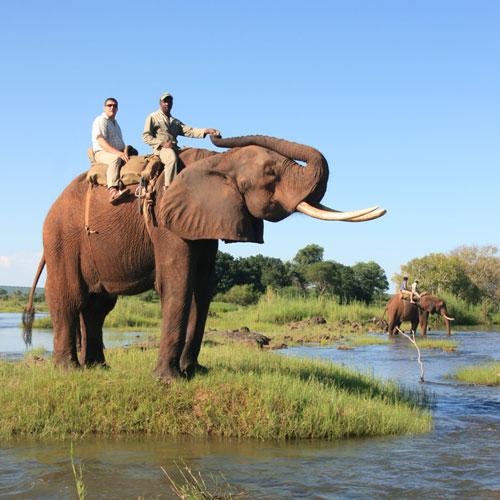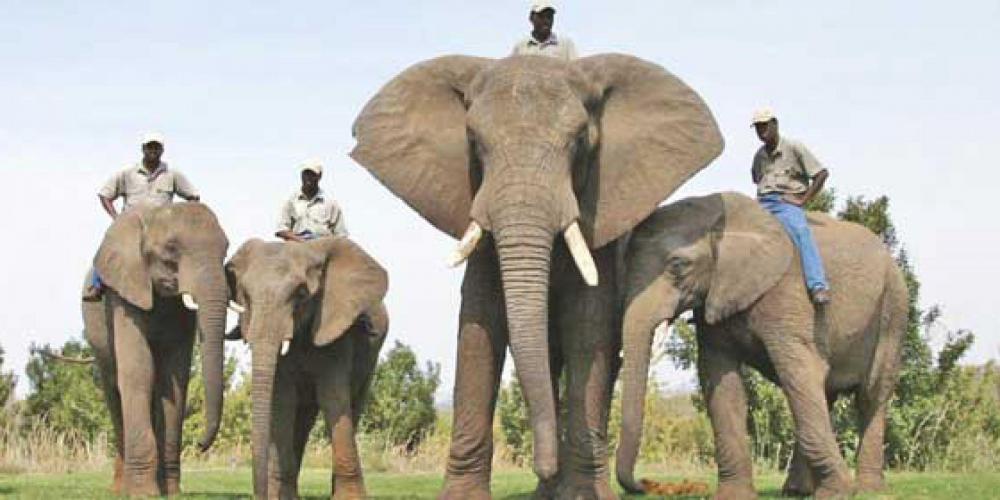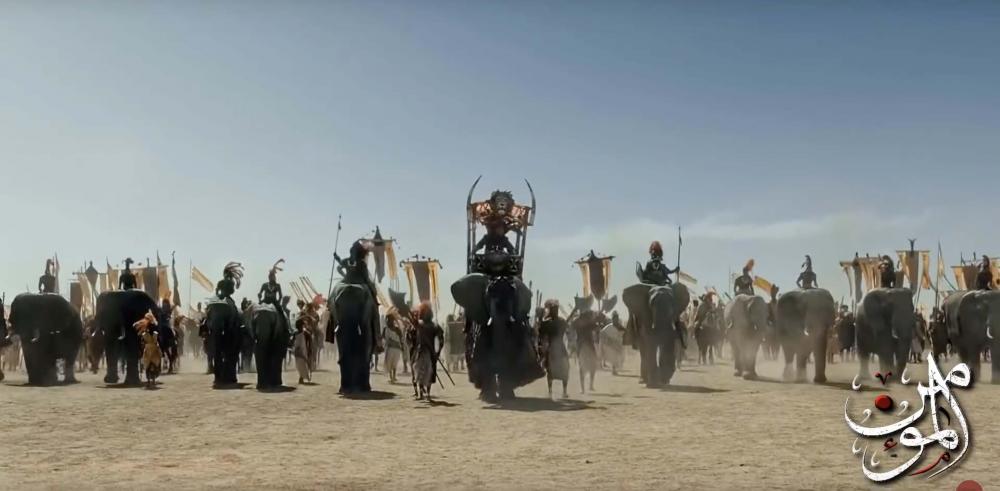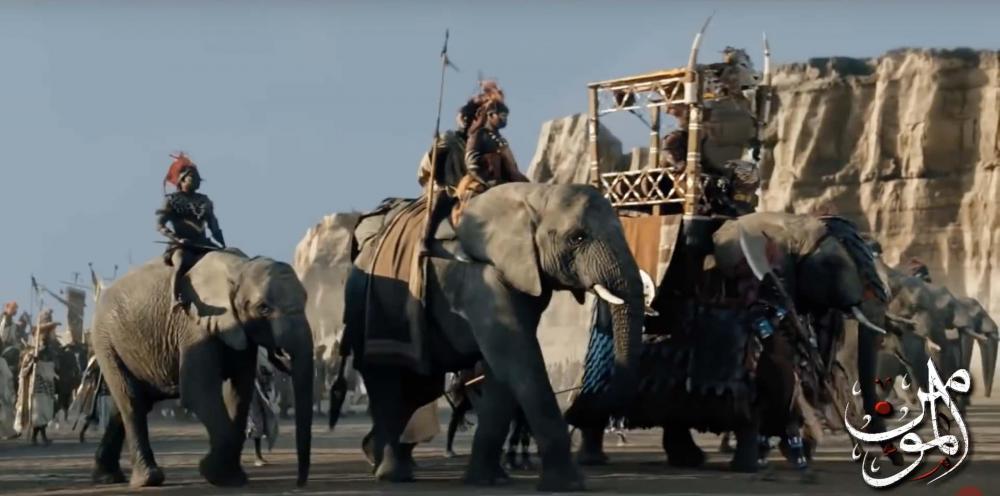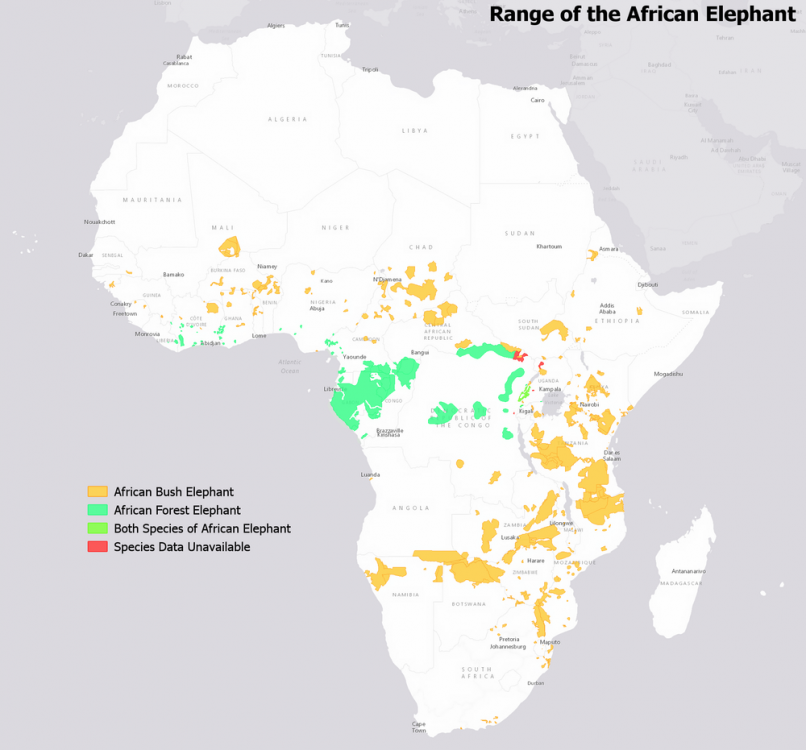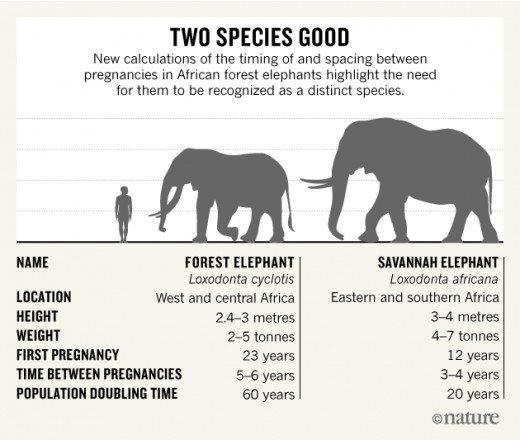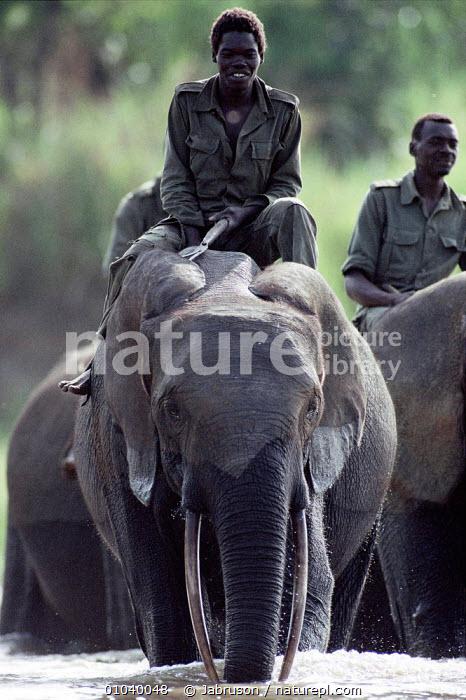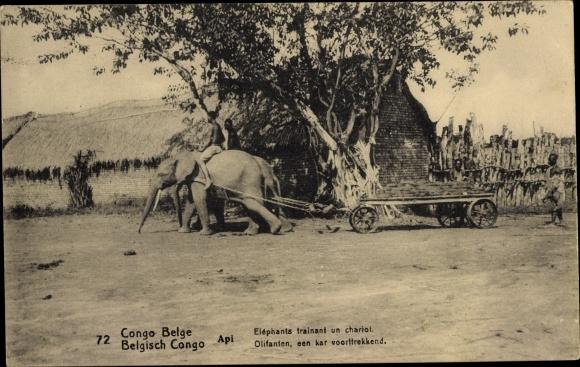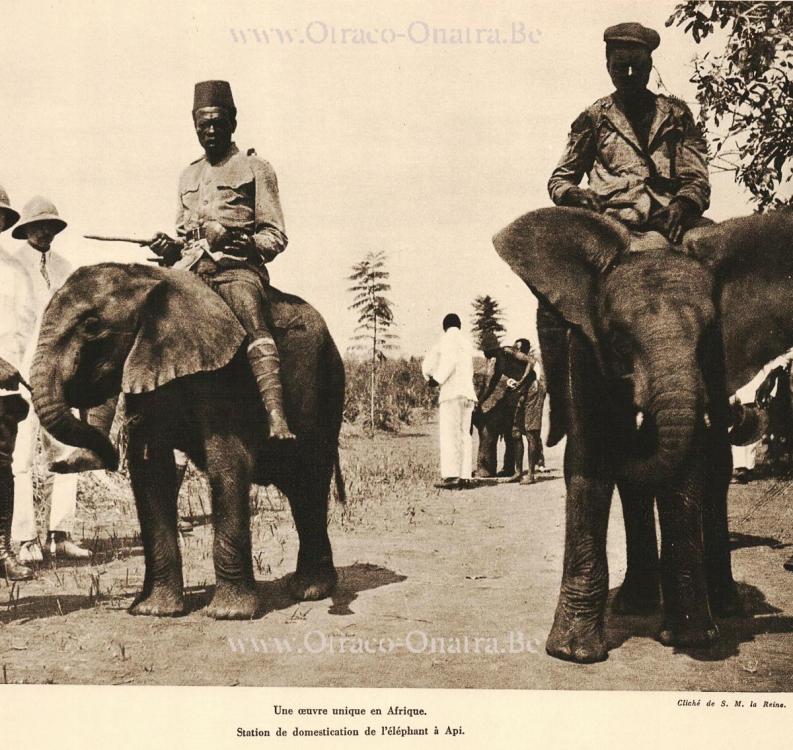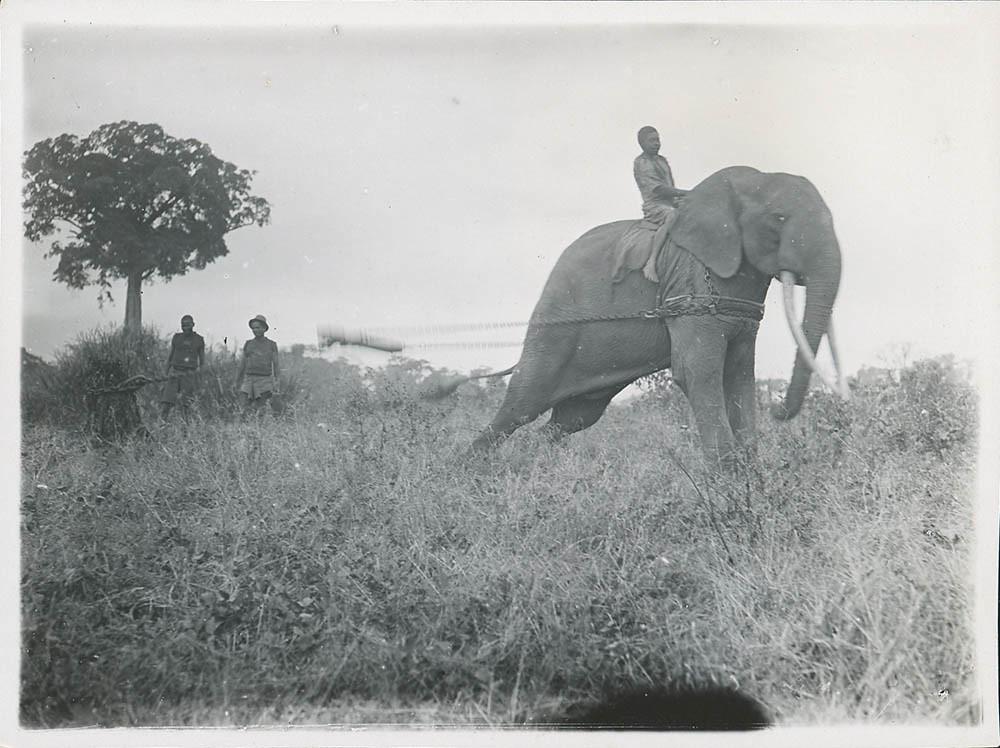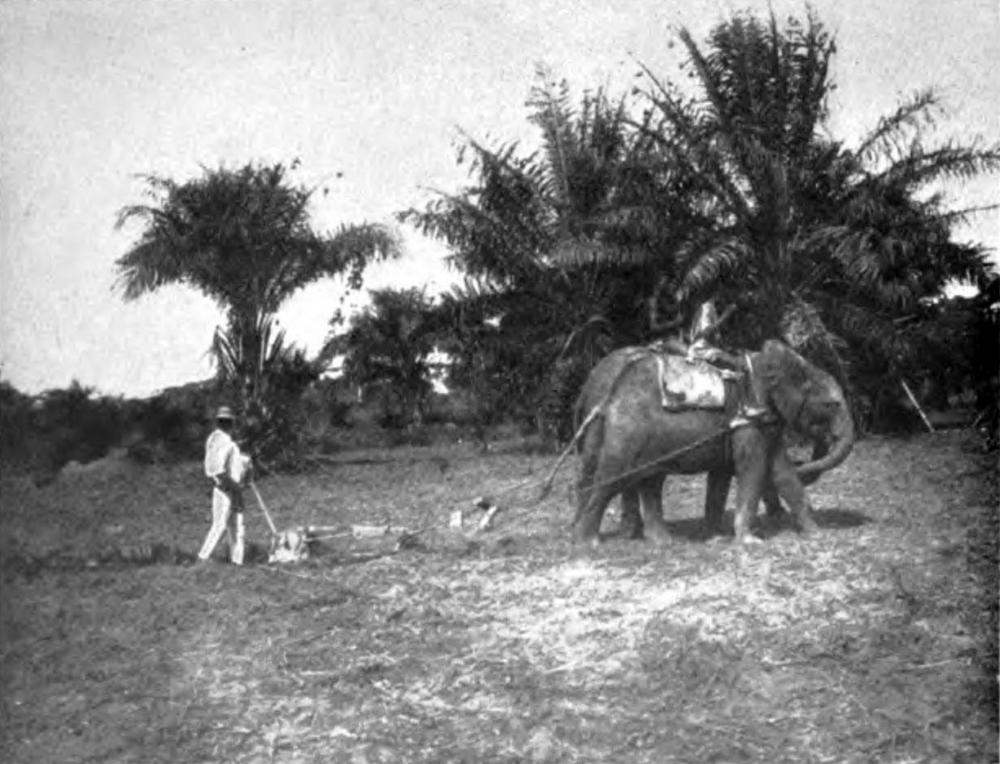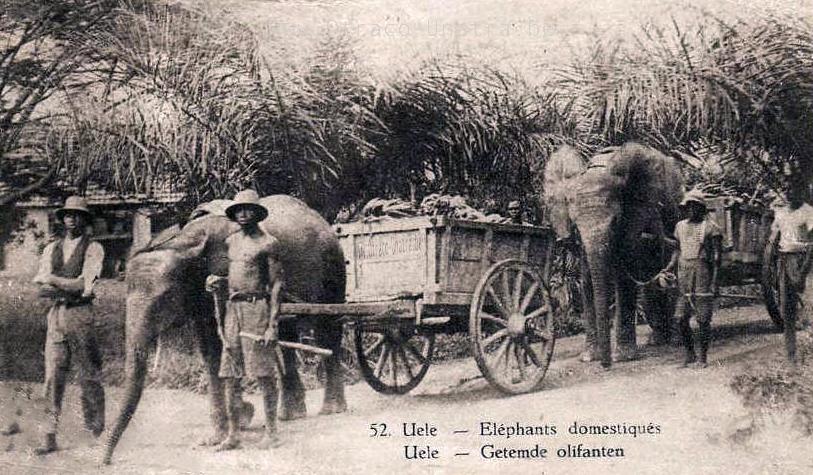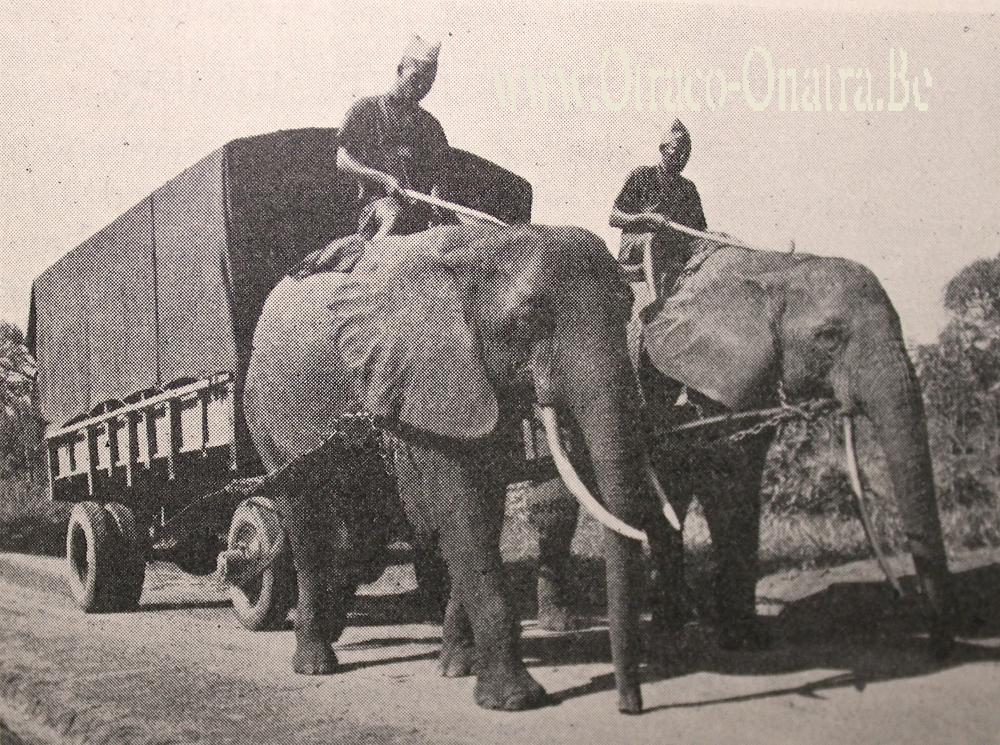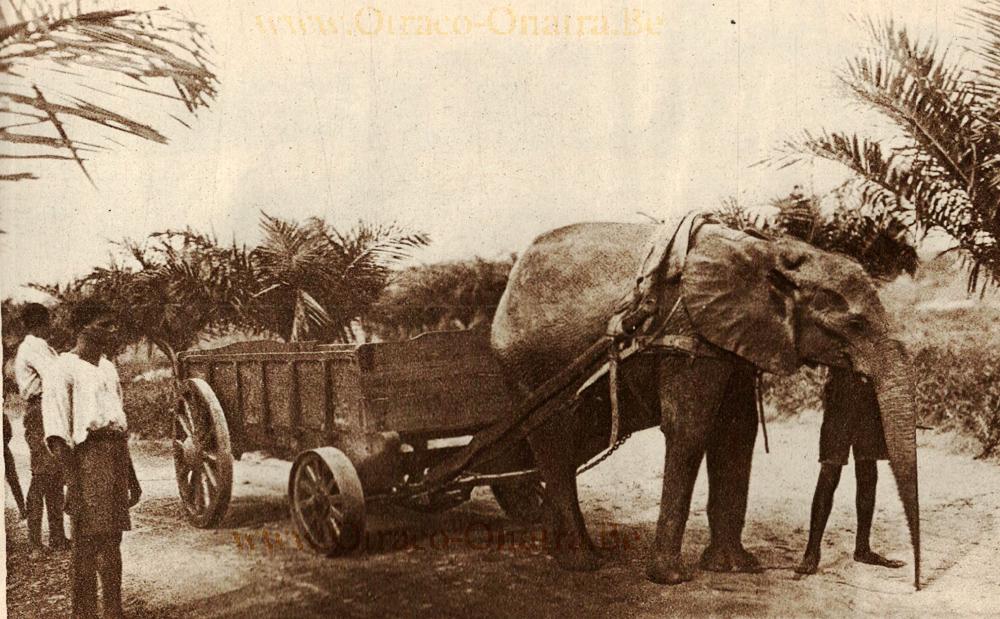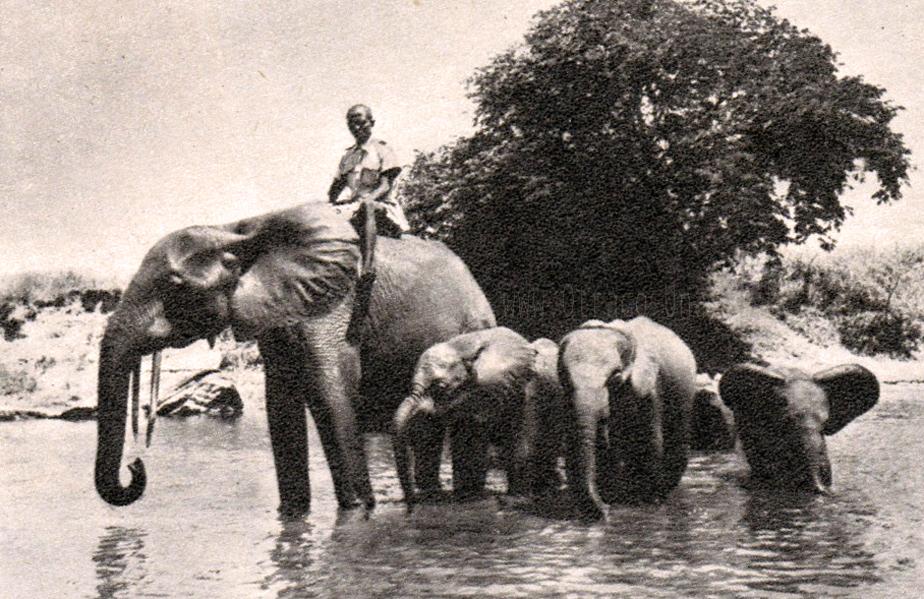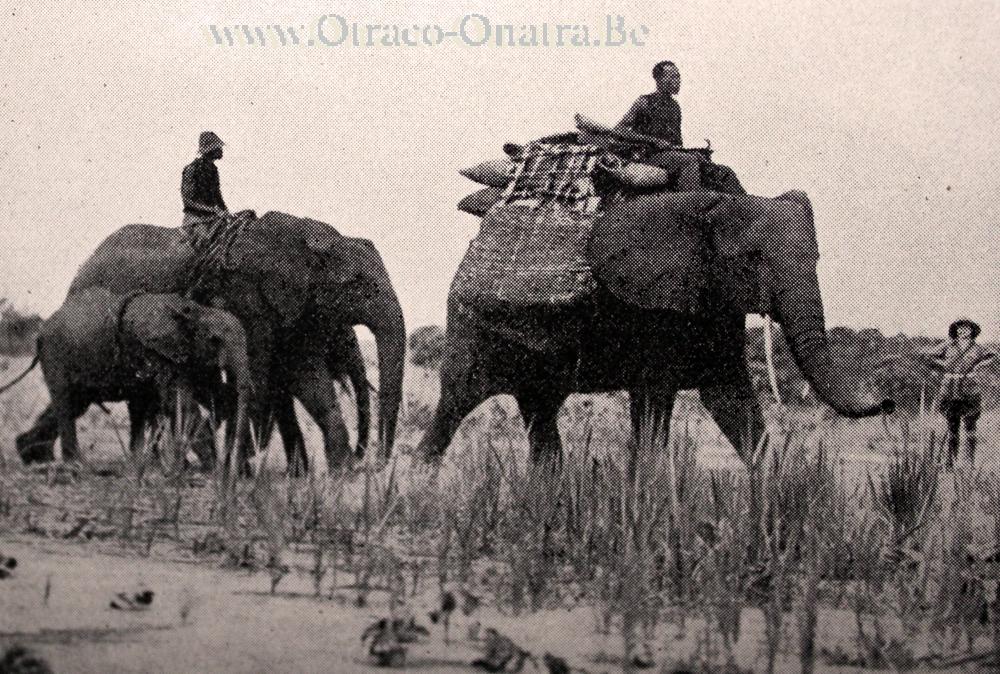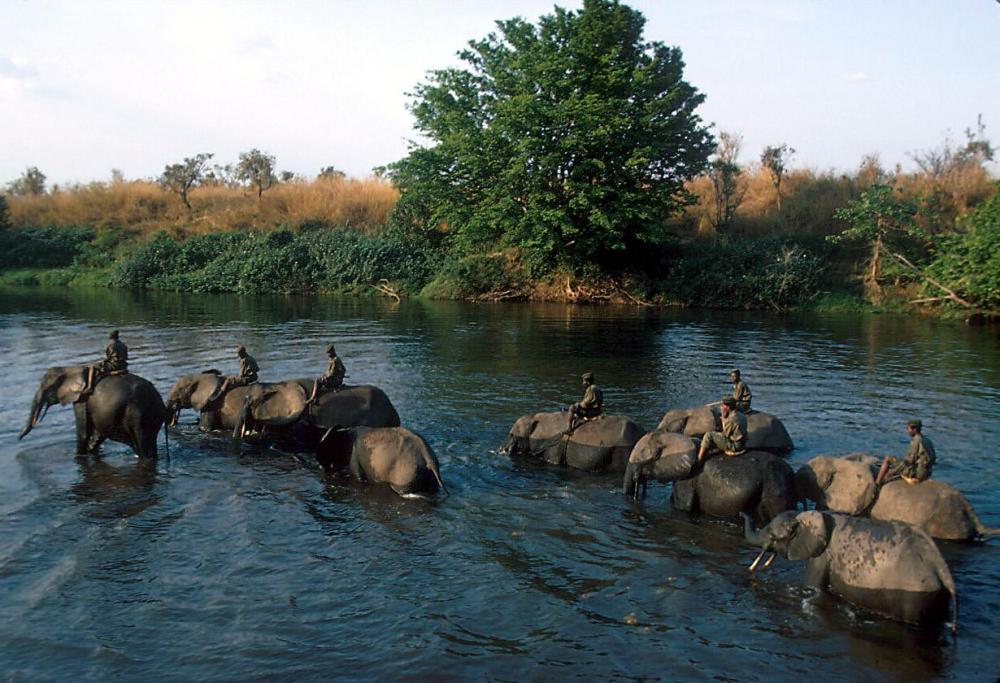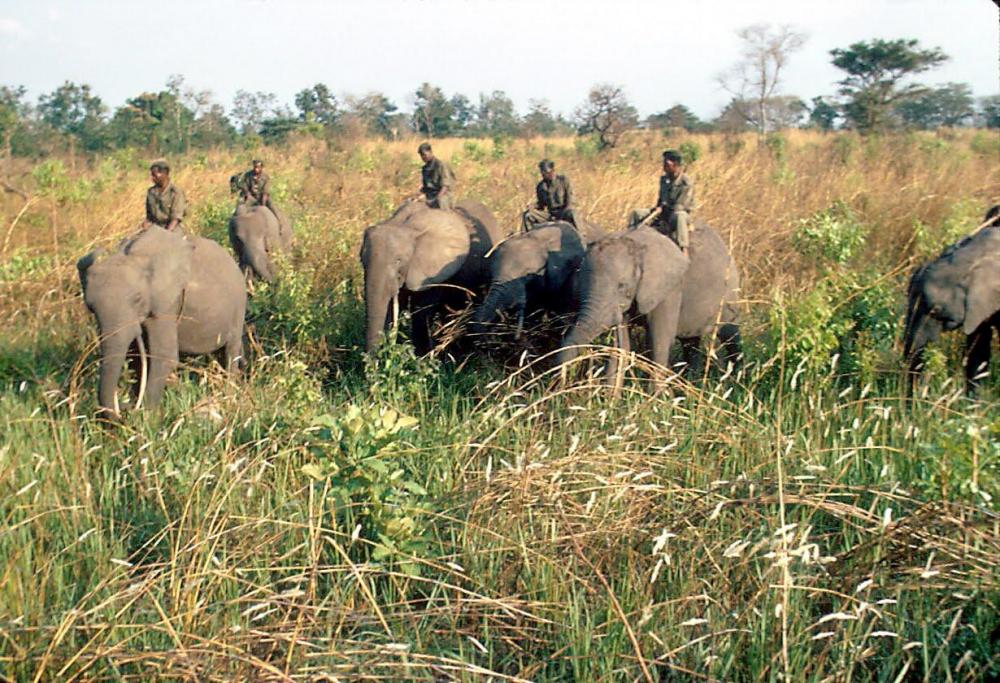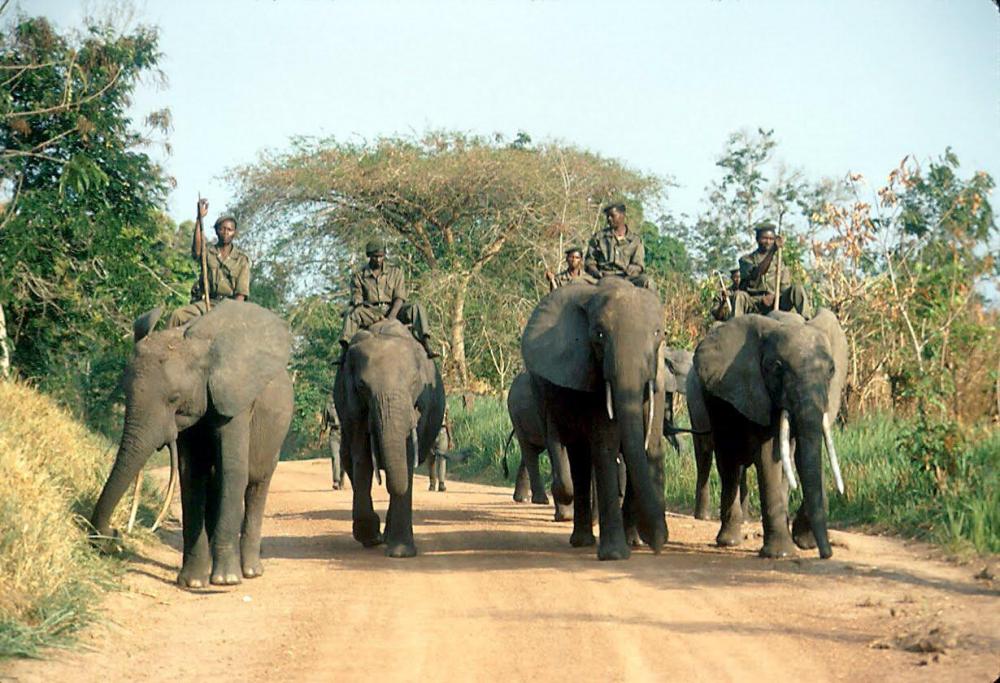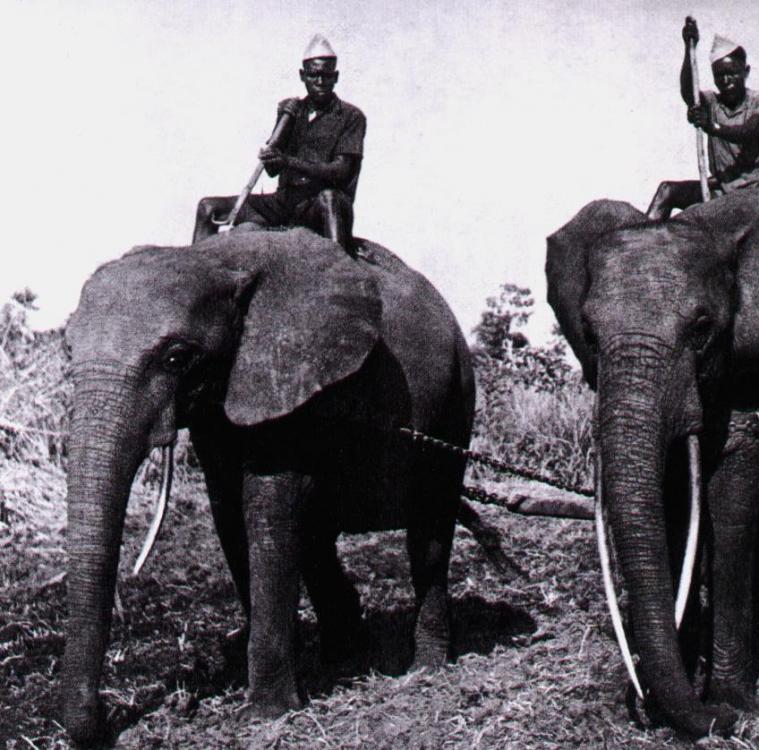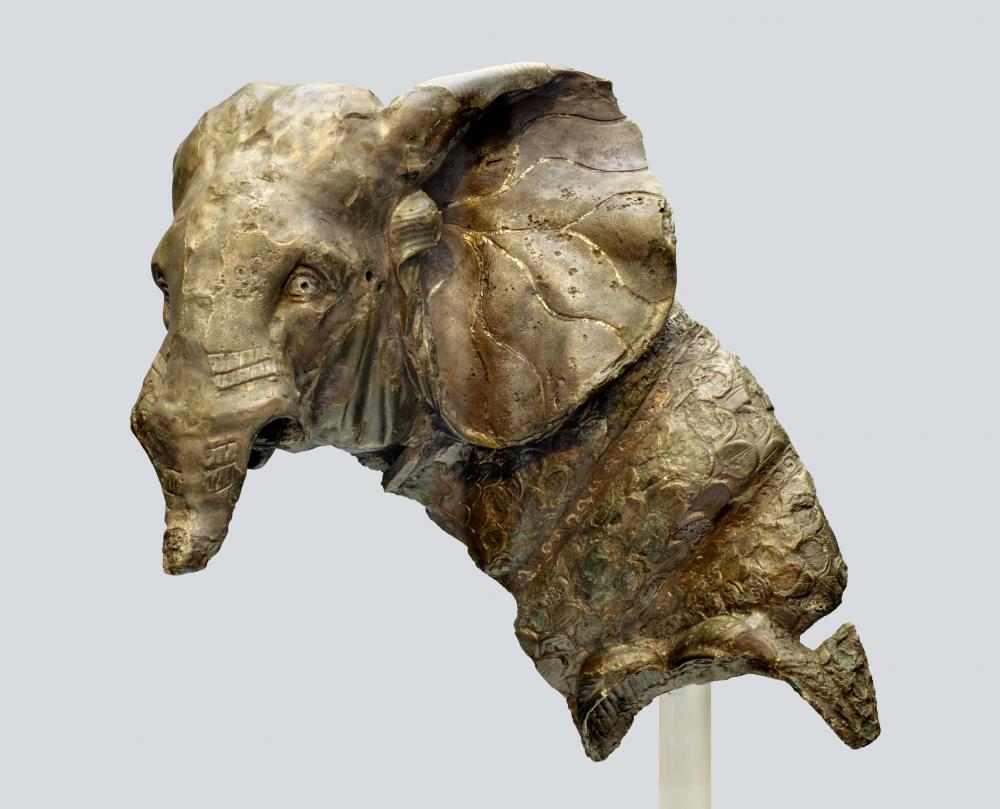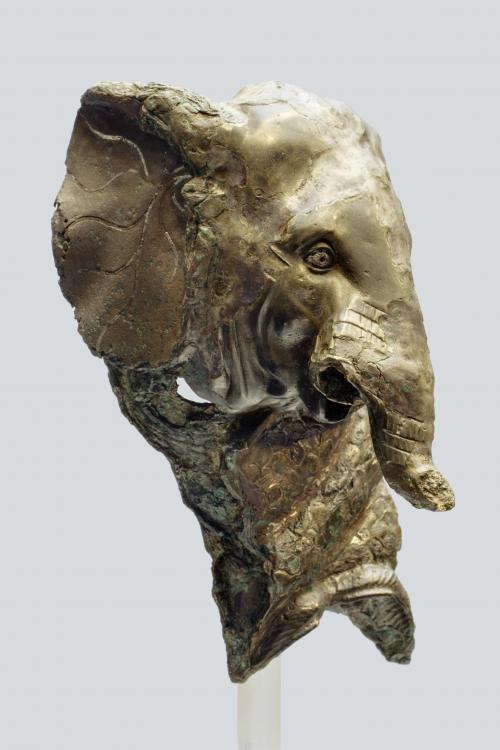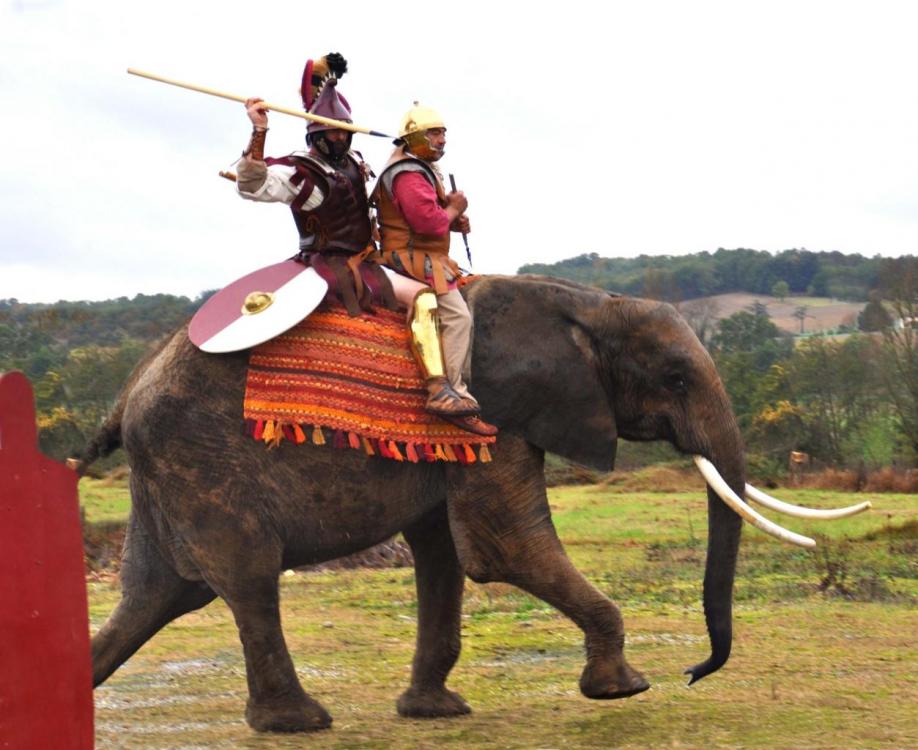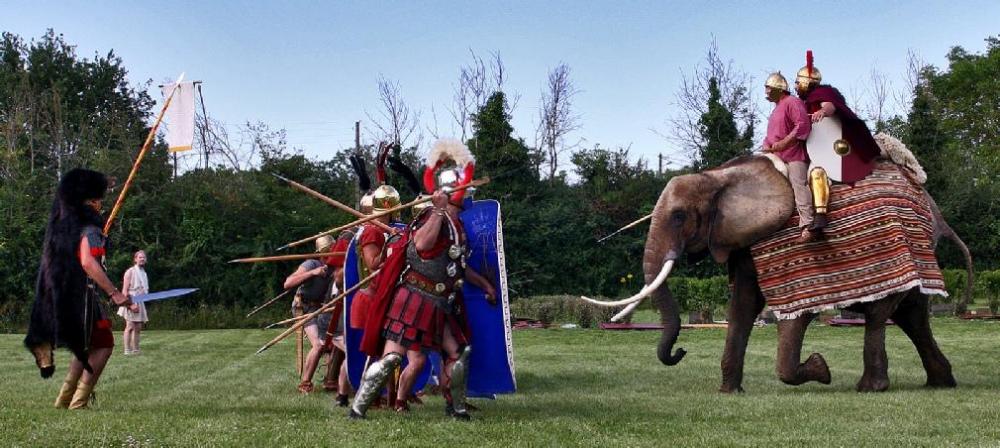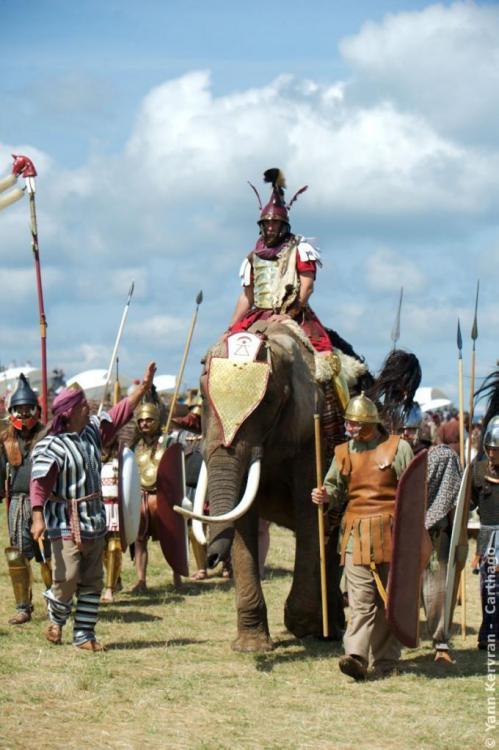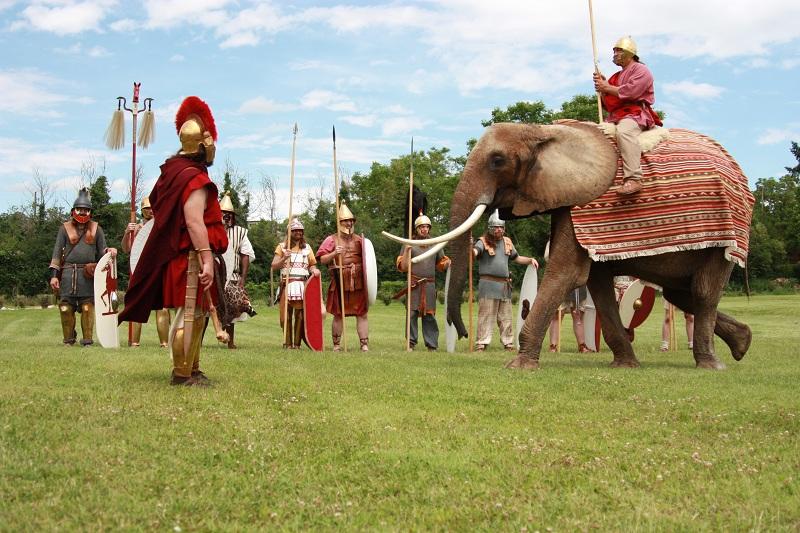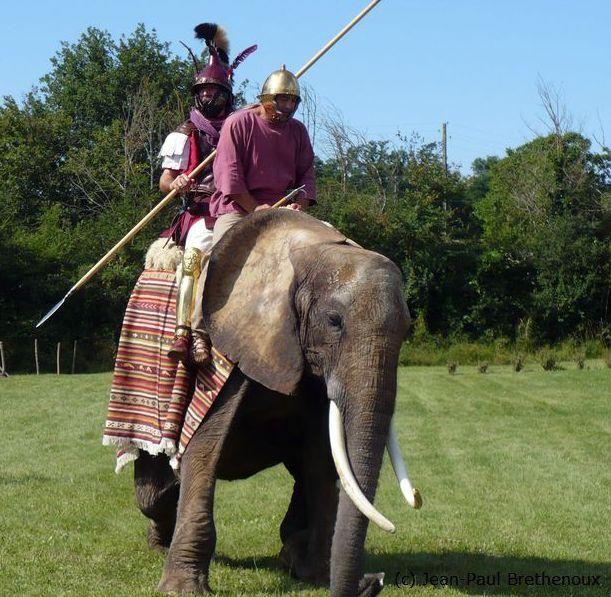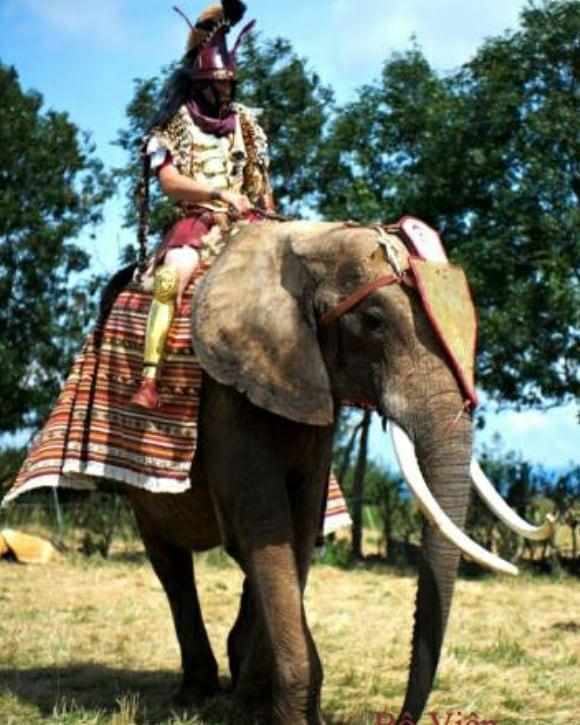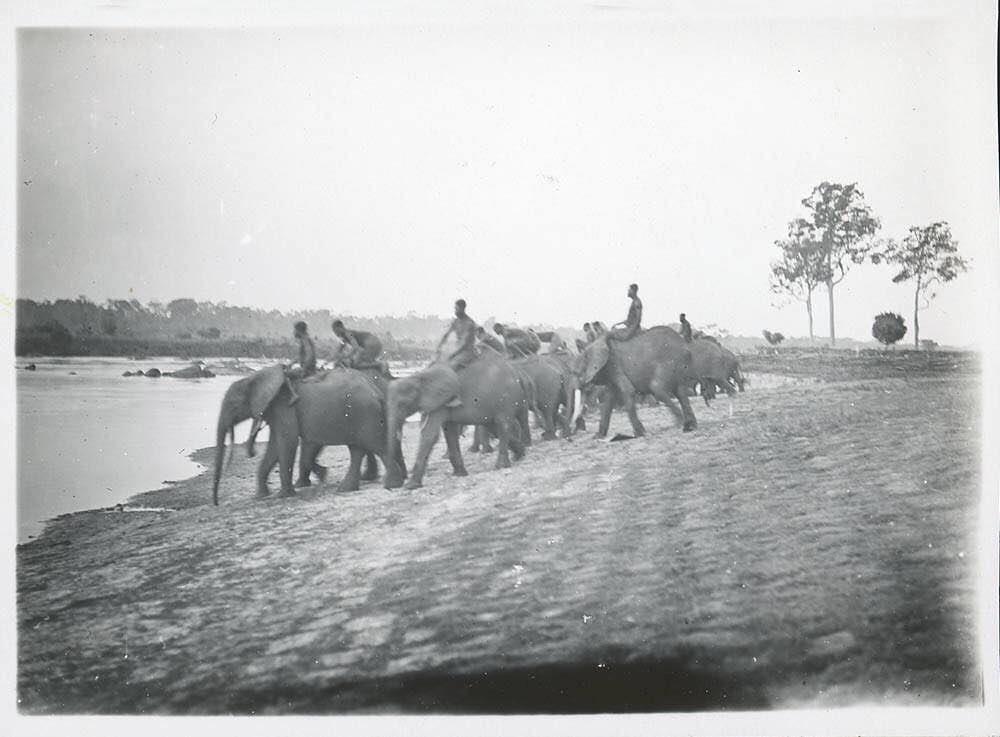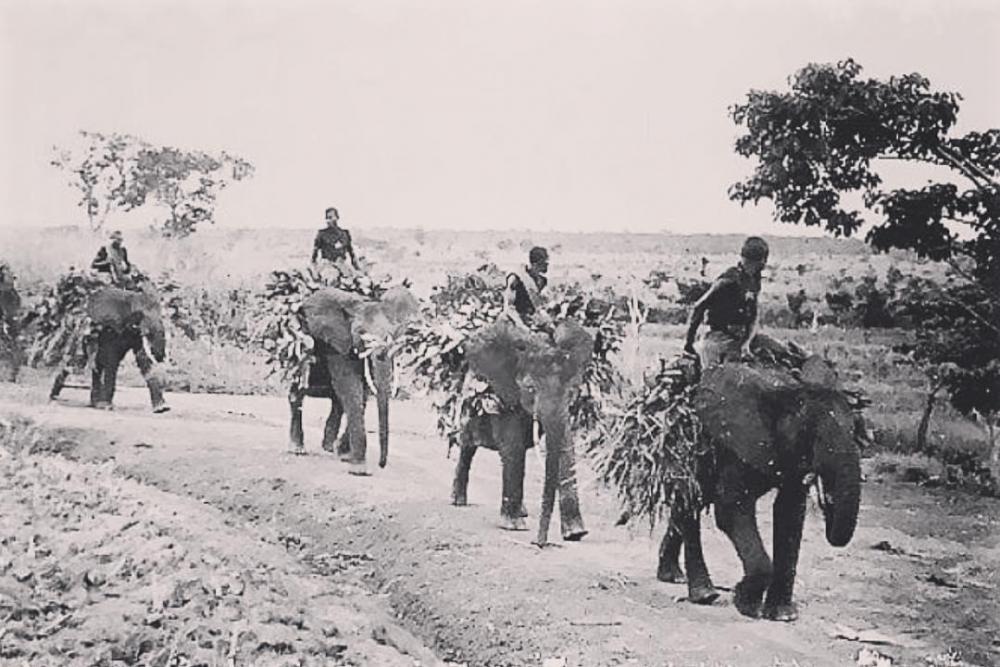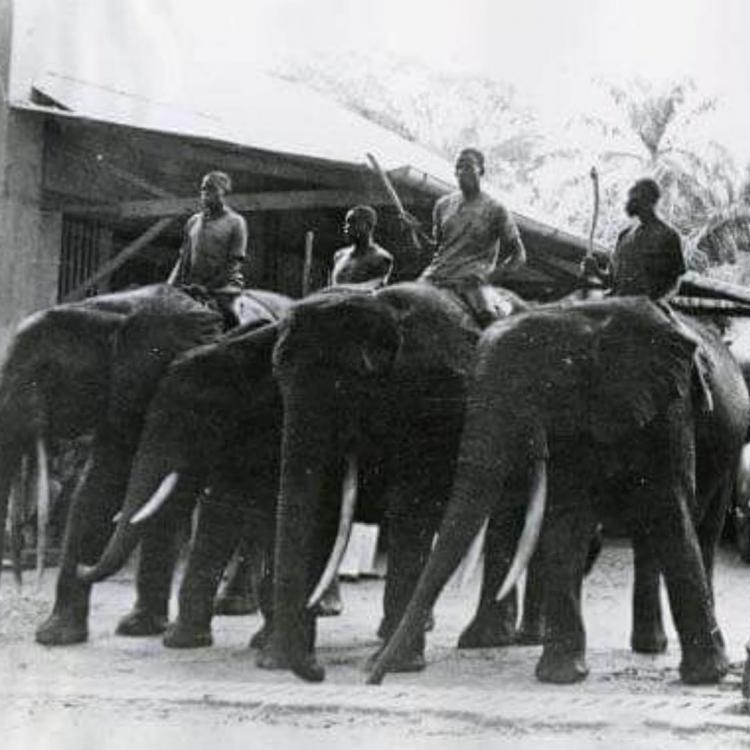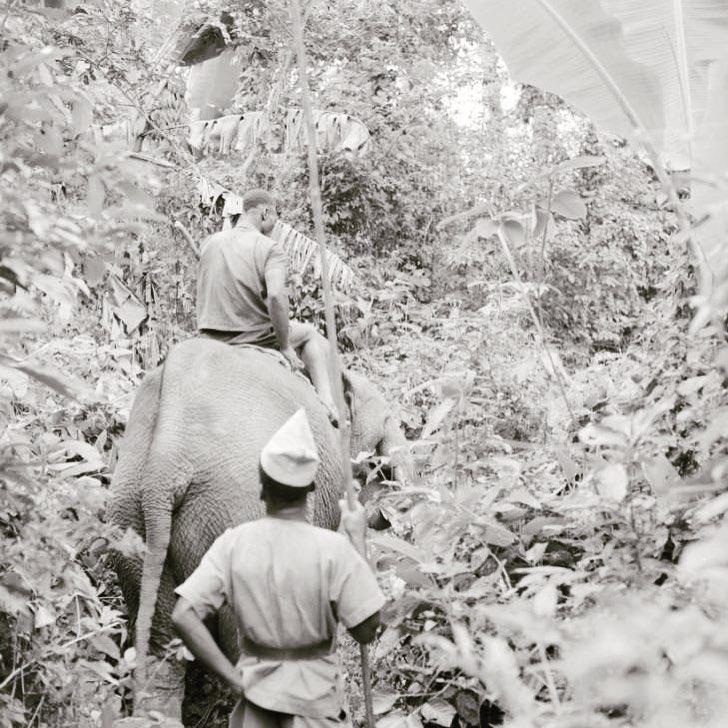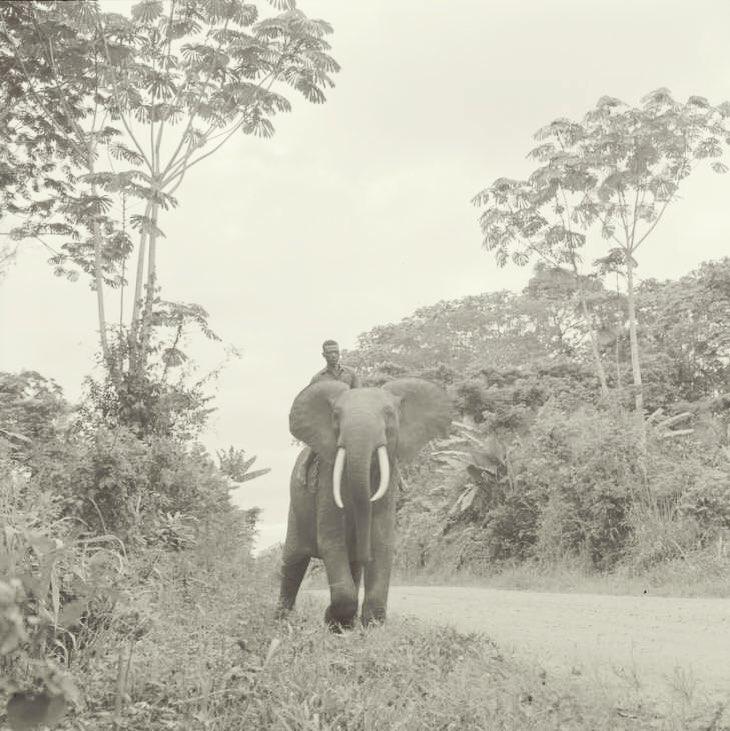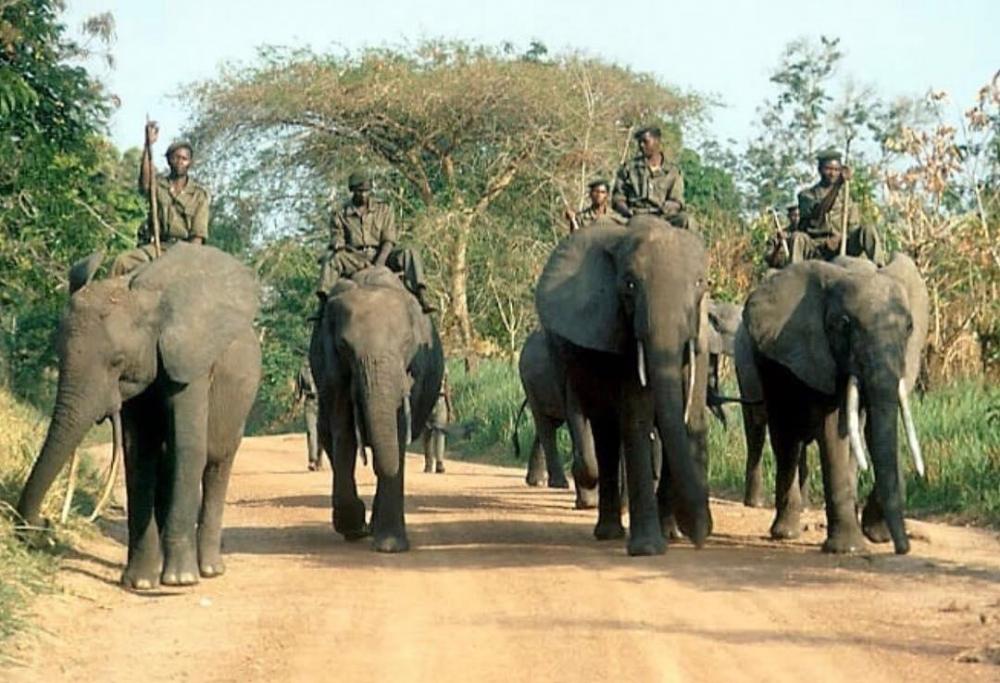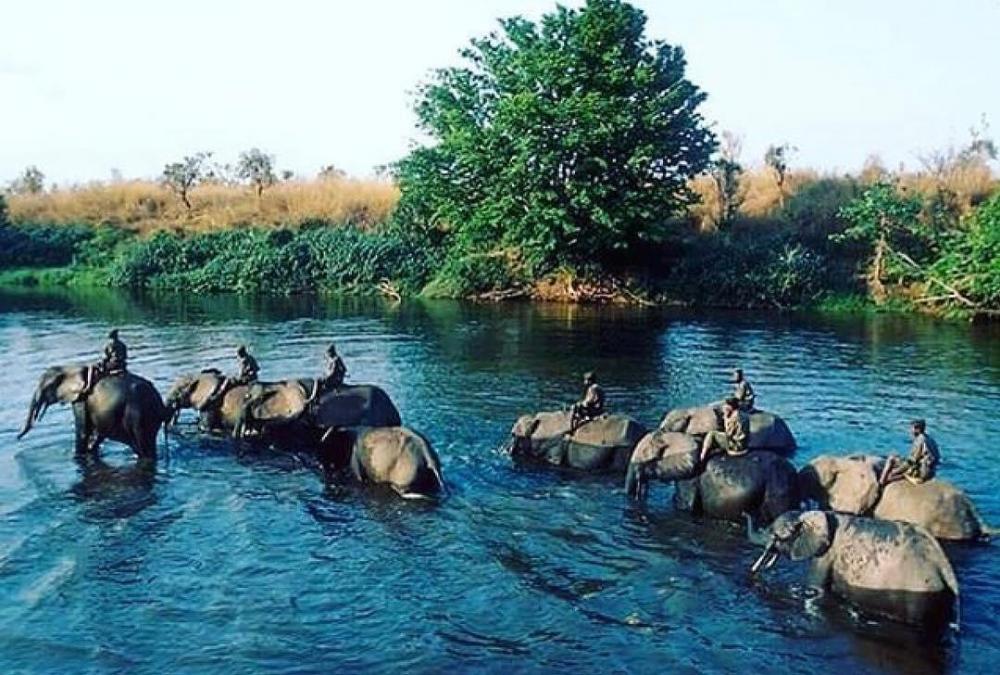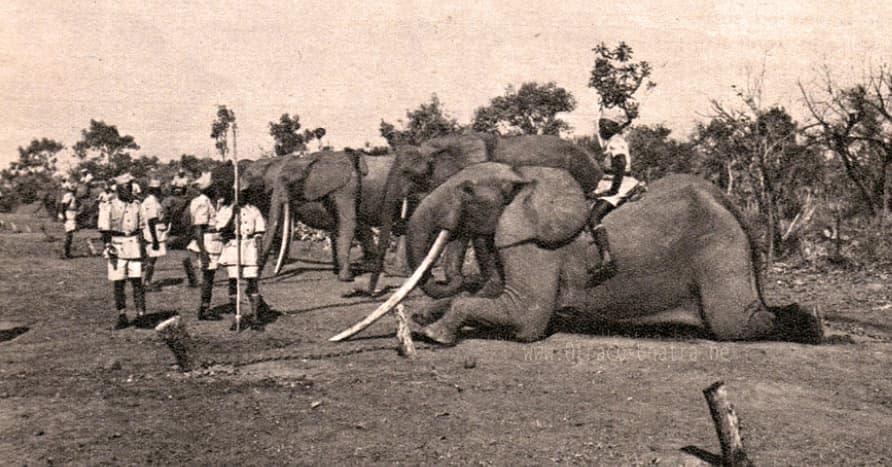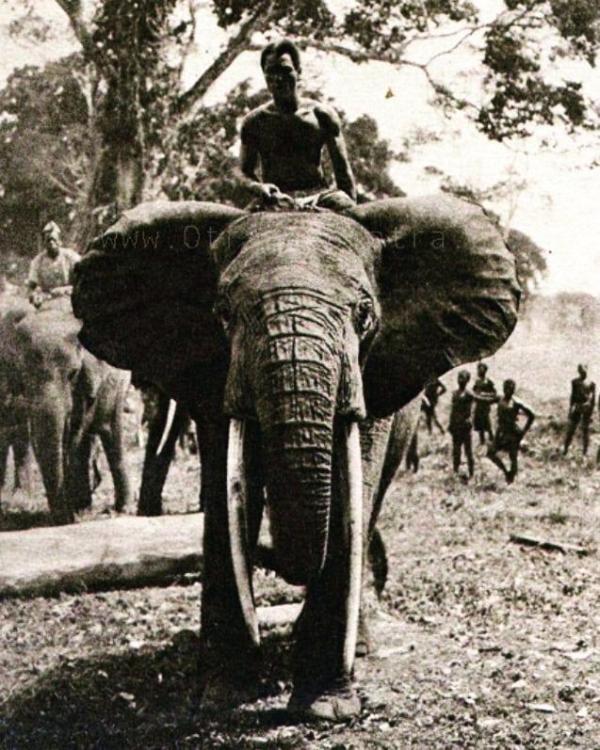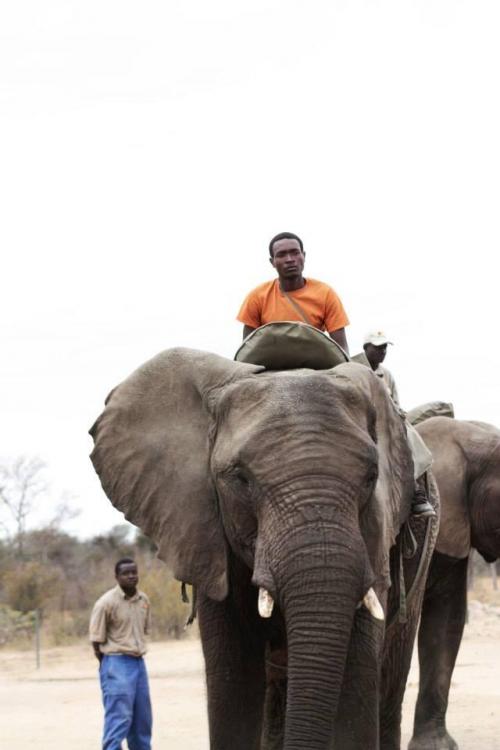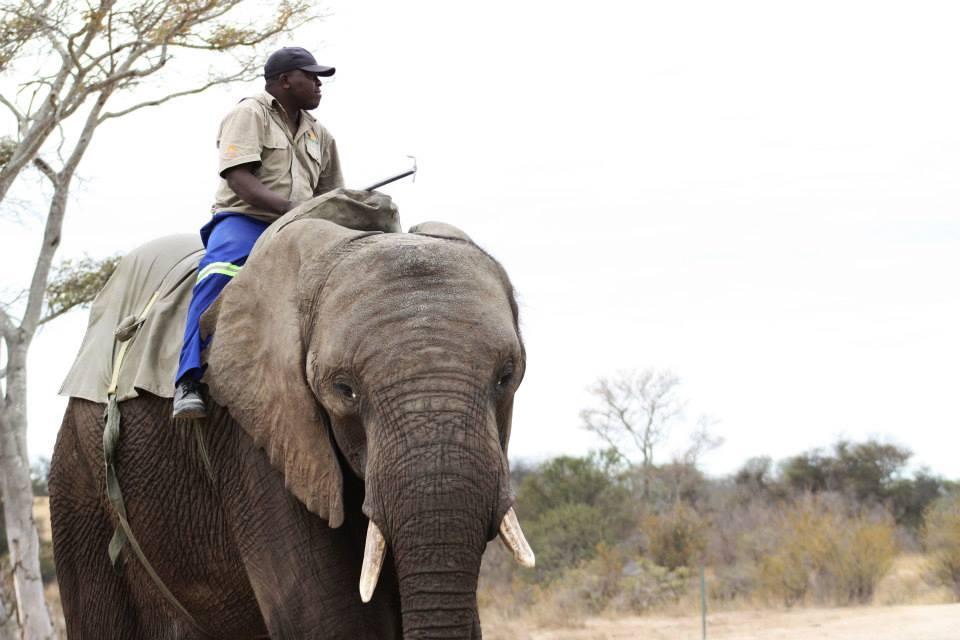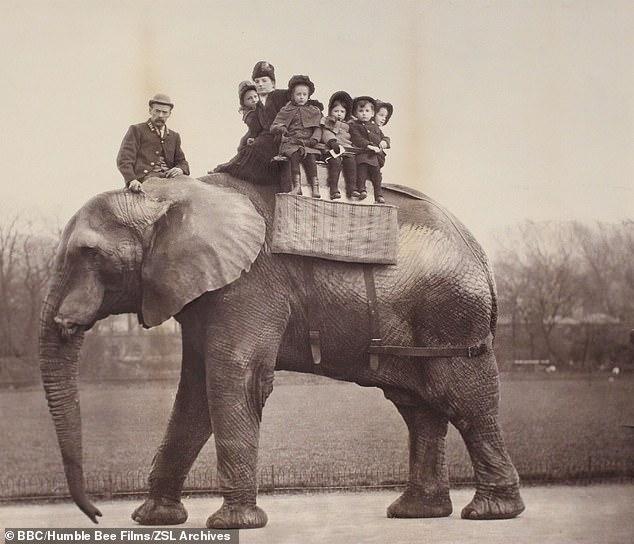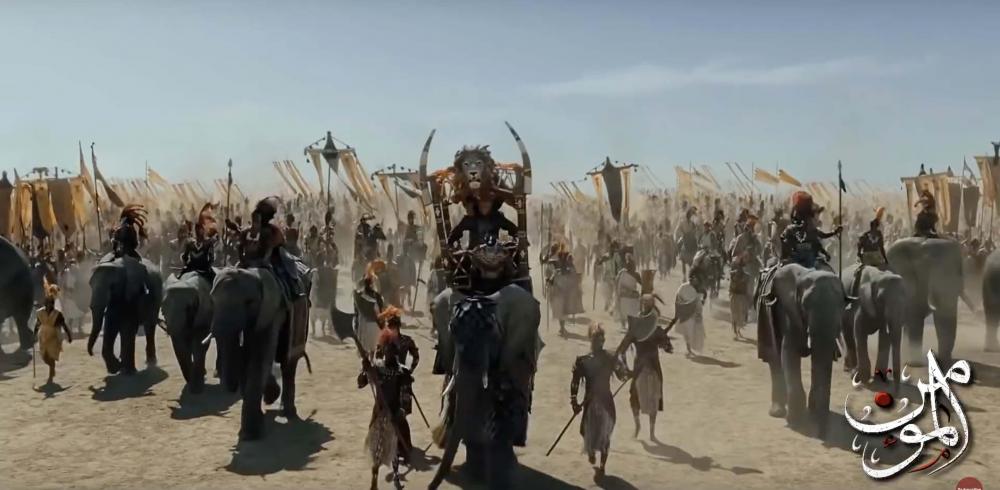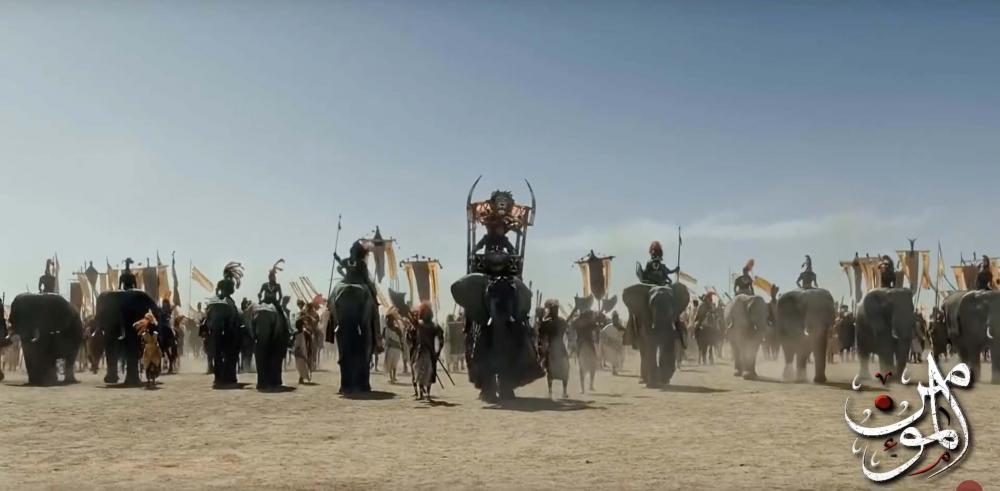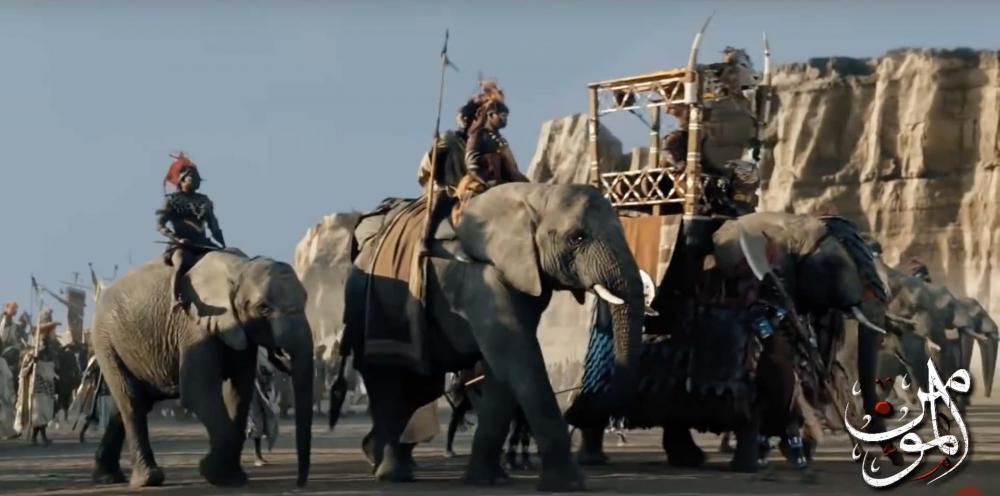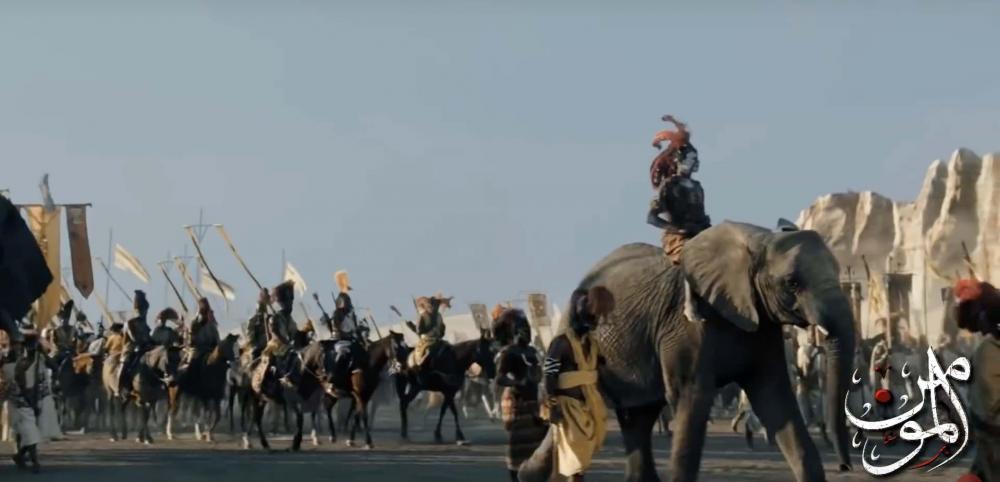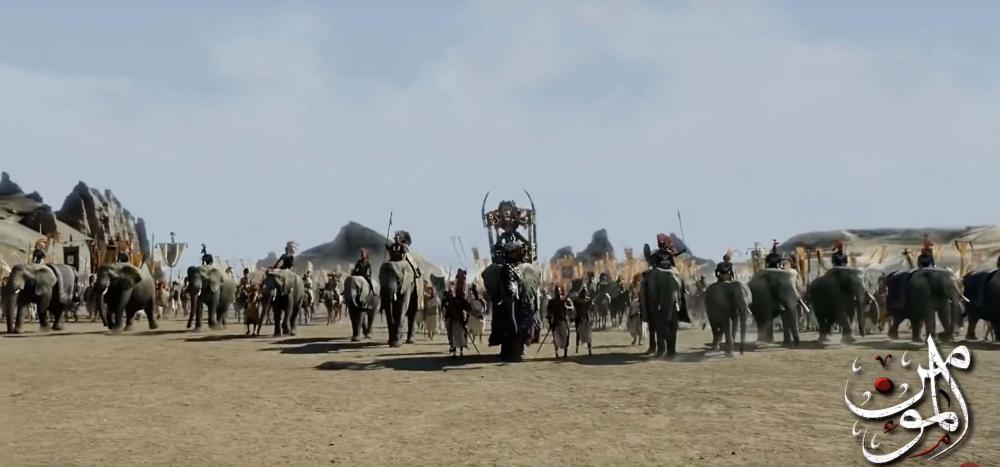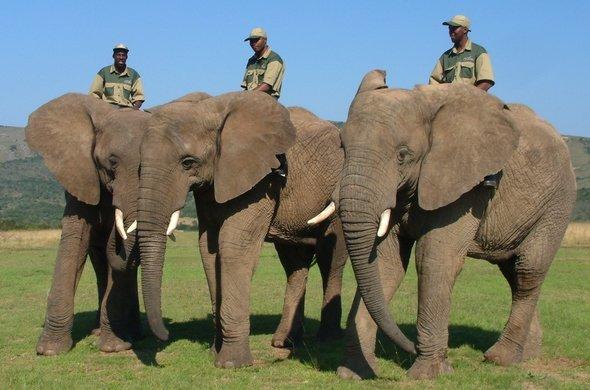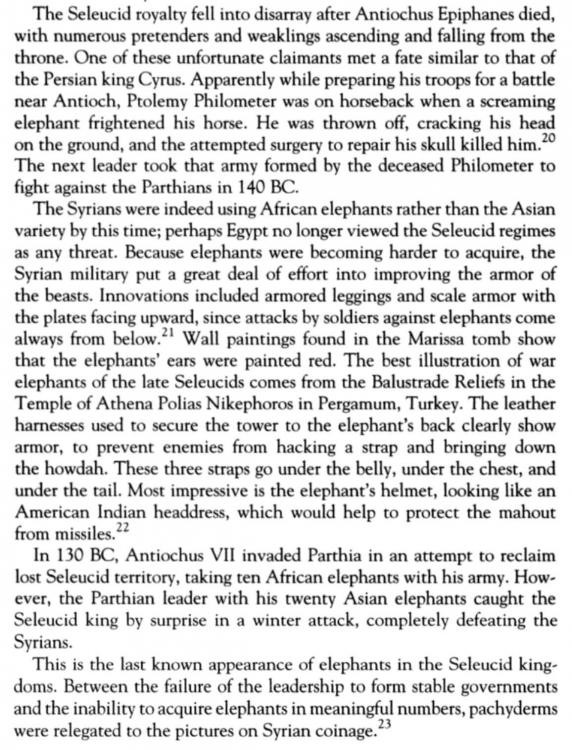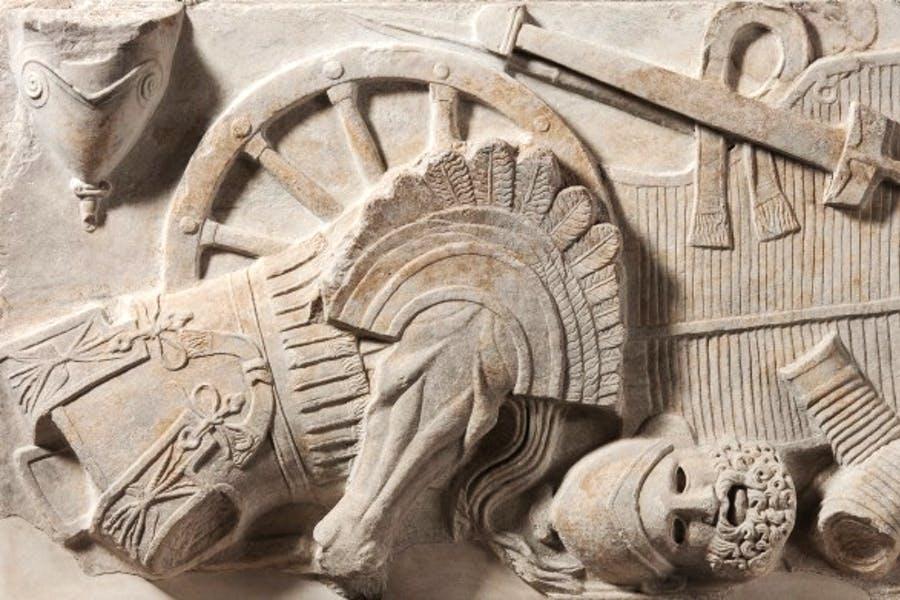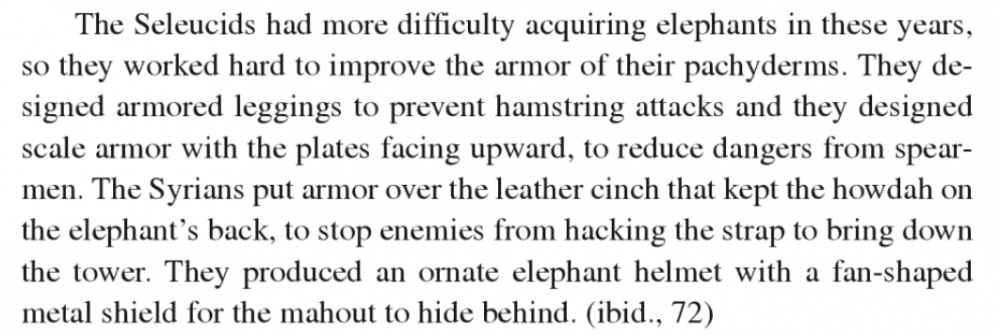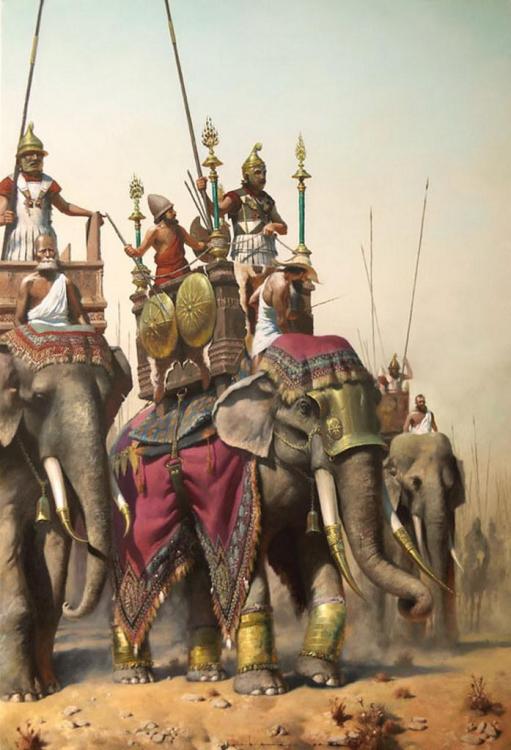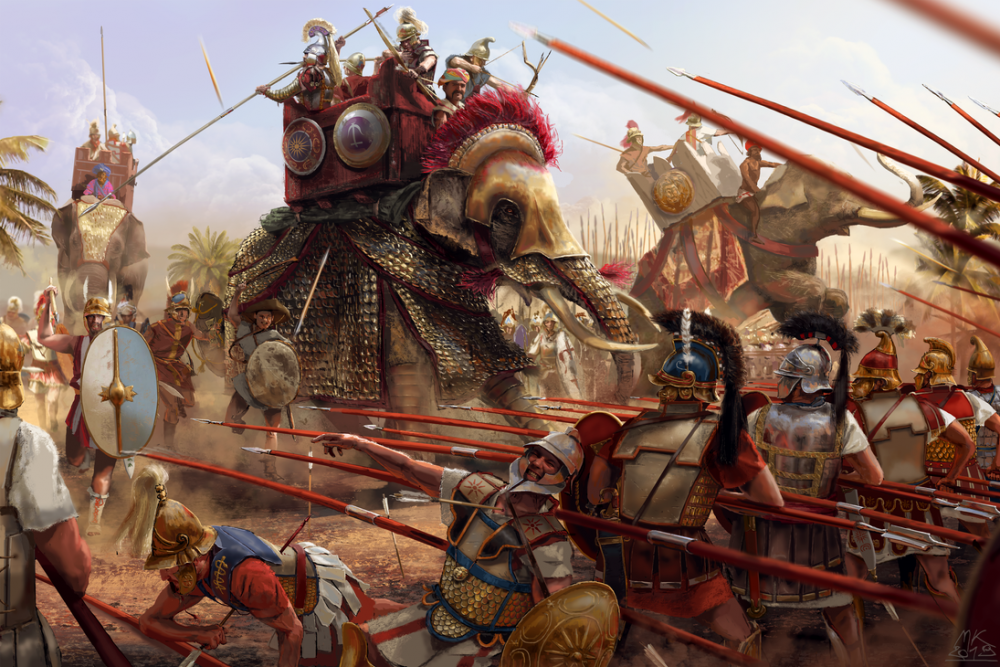-
Posts
2.332 -
Joined
-
Last visited
-
Days Won
60
Everything posted by Sundiata
-
Oh snap, those are flippin' perfect! My nitpicking self has nothing to nitpick here... Ptolemies are going to look so much better in alpha 24...
-
No no, don't apologise, I think I'm rather the one that sounded harsh, lol... Sorry... Plough appearing out of nowhere would be a bit weird indeed. But not necessarily that much weirder than citizen soldiers with spear and shield instantly switching to a pickaxe or siege equipment popping into existence when you unpack them (where did the horse go?). In a crazy ideal world, I think elephants should only be able to help human workers already on site. In the case of farming, assigning an elephant to a field which already has a worker would cause the worker to attach the plough to the elephant and start ploughing. Although that would also just look stupid, considering how small the fields are in relation to the elephants. In addition, if the idea is historical accuracy, then oxen were far more used for ploughing than elephants ever were, including in India. I guess I just freaked out at the thought of giving worker elephants yet another task to perform autonomously. They're smart animals, but not that smart to just send them off to work on farms and construction sites by themselves... It's just one abstraction too far for me. Yeah, that would actually make things look a lot more believable. In that case I would shelve my opposition to worker elephants building. But the rider really shouldn't come down from the elephant. And I still don't think elephants have any business farming.
-
Dudes, you can't add farming elephants. If that's already a thing in the game (I should check), then it should be removed along with elephants building by themselves. Elephants with a plough is a thing. Elephants digging the soil with their trunk and planting seeds for their human overlords is really not a thing.
-
I don't think elephants were ever used for seeding farms... Ploughing might be a thing though. Maybe one of the the guy holding the plow behind the elephant could do the seeding:
-
I love it! I've always thought that the relax stance looked stiff and unnatural...
-
Ok, one more mystery solved. You know how I was saying that some of the elephants look like the larger Bush Elephants? Well, according to this interesting National Geographic article, about the significant genetic differences between the two species of African elephants, there was some interbreeding between the species, and at least a small number of Bush elephants carry mitochondrial DNA from forest elephants... It just so happens that the elephants from Garamba, the location of the domestication centers, are considered a hybrid between forrest and bush elephants... At least according to wikipedia. If you look at the map of the geographical range of the two species across Africa, shared in previous post, you'll notice that even today, the territories of Bush Elephants and Forest elephants are right next to each other in Garamba (North East Congo/ South Sudan border region) Some other interesting quotes from the National Geographic article: Why? No elephants were killed, though the capturing of that young specimen must have been super stressful for the poor animal. You know what comes next right? Some more pictures of people riding African forests elephants! yay! I'm sorry, I've become totally fascinated by this... In recent decades Zimbabwe seems to have taken over the torch... Except they use Bush Elephants instead. People doing the impossible... Riding full grown African Bush Elephants like it ain't nothing but a thing... Not without controversy of course... And the fact that a number of handlers have actually been killed by their elephants over the years does illustrate the difficulty in handling the largest land animal on the planet: Random internet comment from a guy who said he's a mahout, said that they control Indian Elephants through pressure points in the neck, but because African elephants have much thicker and looser skin, those pressure points are hard to reach. Another possible explanation for why training African elephants is so difficult? Either way, consider the myth busted. African elephants, both types, are trainable. It's just harder.
-
Well, the text that mentioned these upward facing scales talks about it as an innovation, or a development. So it's probably not how they were originally armored... I'd say, keep both textures! If you want to get fancy, perhaps add a tech for the Seleucid elephants. A special pachyderm scale armor tech, or something, that increases their health by 5% or so? By all means, I never intended to argue for the removal of the old texture. I was just merely pointing out that 1) they did indeed use upward facing scales, and 2) that the claim that they moved to the use of North African elephants in later years isn't an absurd one. @Alexandermb I was also meaning to ask if you could check the Hero Arakamani's mount in-game. He was using an Indian elephant in alpha 23 (yikes)... It should definitely be African, but it should still be bigger than the other Kushite war-elephants. Perhaps using a large bull as the King's elephant. Basically, bigger than the current North African elephants, but still a little bit smaller than the wild gaia bush -elephants. So we basically get this effect: Small, standard elephants with a single rider, and the large King's elephant with a tower. But still all African, no Indian elephants here. My second question is whether you could model a tower based on this Aksumite tower from the movie. I'm not saying this is more accurate per-se (I have no idea what a Kushite tower looked like) but Arakamni is currently standing upright in a heavy Carthaginian howdah. I'd prefer him to be sitting down in a more lightweight "African" looking howdah. Like this: It just feels more believable somehow... (the stuffed lion-head isn't necessary)
-
First I had an inkling that it was Congo. Then I did some digging. Now I'm pretty sure it's Congo. In 1899, King Leopold II of Belgium opened an elephant domestication center at Kira Vunga. Then operations switched to Api Elephant Domestication Center and then to Gangala-na-Bodio Elephant Domestication Center (North East Congo). At the height of the program they had as many as 80 domesticated elephants, used for maintaining roads, plowing fields and transportation. They hoped to use the elephants to haul cargo from the Congolese interior to the southern terminus for boats on the Nile at Rejaf, in the Lado Enclave in Sudan. (Yes, the Belgians also occupied a small part of South Sudan, something I've never in my life heard anything about, even though I grew up in Belgium. And people don't often mention that the Mahdists in Sudan were indeed fighting the Belgians in the South West (battle of Rejaf), in addition to the Italians and the Abyssinians in the South East and the British and Egyptians in the North, while the French were marching in from the West. Talk about being embattled...) Anyway, back to the elephants... I found more images, and even an old school video. You can clearly see that they are mostly working with the smaller type of forest elephant, as they are much easier to control, but there's a handful of bush elephants as well if I'm not mistaken. If you look at the specific geographical range of forest elephants, you'll see that the domestication centres were located within the northern confines of their range, on the edge of area's that were also populated by the larger bush elephants. The actual capturing and training of the elephants was done by Azande (Zande) people. The program remained active until as late as the 1980's, but yeah, the Cold War wasn't so cold in Africa. Congo basically collapsed during the later rule of Mobutu, and still hasn't recovered. This colonial period video from 1942 is quite spectacular if you're interested in elephant handling and live capture of wild candidates for domestication... First time I've ever seen actual footage of people handling African forest elephants. They're well trained and the degree of control they exercise over these animals is impressive, especially towards the end, when they finally move in to tie the captured young elephant to the already tame ones, you can see that they follow precise commands. Also, the sheer strength of such "small" elephants isn't to be underestimated (said to be 10 to 20 times that of oxen)... Current range of the 2 remaining species of African elephant: Some physiological differences between the species A lot more interesting images (have you ever seen an elephant used for ploughing?): Truly, one of Congo's untold histories. Documentary level interesting if you ask me... I too, have questions...
-

Adding new factions to the game
Sundiata replied to wowgetoffyourcellphone's topic in Game Development & Technical Discussion
Weren't we close to reaching some sort of consensus that Thracian Black Cloaks make a lot more sense in the Macedonian roster than in the Athenian one? With the Thracian rhomphaia the Macedonians will be just as capable as any other civ and people might actually start playing with them. More historical accuracy and better gameplay. It's like, literally a win-win. *Not saying that Black Cloaks should be removed from the Athenians (but perhaps a slight increase in cost to reflect their distance to Thrace?) -
@Alexandermb, @Stan`, @Nescio, the topic of war elephants recently surfaced in the thread : ===[TASK]=== Animations Re-Export and Unit Meshes Fix I didn't want to muddle up the thread so I thought i'd start a more specific one. We were discussing whether the scales on the armor of Seleucid war elephants were turned upside down. I shared a page from a book on war elephants that stated that the Seleucids turned the scales on their elephant armor upside down for better protection against upward thrusts, but it didn't mention the original classical source. The same text also said that the Seleucids also switched to smaller numbers of African elephants in later years, because Indian elephants were becoming difficult to acquire. Again, the original source for this statement eludes us. But I did find something very, very interesting. It had been staring me in the face all this time, and I never noticed... The wikipedia page on the now extinct North African Elephant (Loxodonta Africana Pharaohensis) features an image of a fragmented Roman bronze statue of a war-elephant, currently in the Staatliche Antikensammlungen in Munich. It's an African war elephant with scales turned upside down! Now, I don't know if this piece is supposed to depict a Roman, Seleucid or even Ptolemaic or Carthaginian war elephant, but it does show an African elephant, probably the smaller North African type with the unique, aforementioned type of armor, so I just had to share it... Bonus: Historical reenactors using actual African forest elephants for their Punic troops. African forest elephants, though rare, aren't extinct (yet). They have the same stature as the North African Elephant. Note how "tiny" these elephants are compared to the enormous African Bush Elephant (and noticeably smaller than the Indian ones as well)... Alexander, you see your colored Phrygian helmets? Second bonus, very rare historical photographs of Africans riding African elephants (most of these also look like forest elephants): Third bonus, people riding full sized African Bush Elephants. I've always been told that this is impossible, so imagine my confusion when my sister came back from a trip in Zimbabwe, telling me she took a ride on the back of an African Bush Elephant. She did tell me they're difficult to control, and they mostly sort of go where they want to go, lol, but it is apparently possible to ride them. If you're patient enough... 4th Bonus Bush elephant choreography? Anno early 1900's? Looks like some kind of forgotten colonial project/experiment... Not sure... Not even sure where this is... 55580618_324172821782360_7280992477606051840_n.mp4
-
Yes
-
Yeah, it's definitely an interesting and complicated topic. Over here in West Africa it does this every winter: Harmattan. Dust, EVERYWHERE! It's horrible, lol... Some years it's not so bad, but some years it's extreme. The air is super dry. You can taste sand on your cracking lips all day long. It can even affect your breathing. Sometimes no rain for 4 months straight. Not even a drop, even in the forested zones. I guess it's not as bad as winter snow blizzards though...
-
I'm a little skeptical. I've heard the claim before. Even saying that it would destroy the Amazon. A hyperbole assumption if you ask me, considering that the Amazon didn't just disappear the last time the Sahara was green (though it was smaller). About the plankton, some studies have shown that global plankton populations have already dropped by more than 40% since 1950, while others note rapid plankton growth in the North Atlantic, both phenomenon directly tied to global CO2 levels. A greening of the Sahara could significantly reduce global CO2 levels, cooling the climate, and rather lead to the stabilisation of plankton levels. The dust also mostly comes from a specific place in the Sahara (Bodélé Depression), so, if we just leave that place a desert, we should be ok. https://en.wikipedia.org/wiki/North_African_climate_cycles (of course, human activity is making things way worse than it needs to be)
-

Adding new factions to the game
Sundiata replied to wowgetoffyourcellphone's topic in Game Development & Technical Discussion
Thank you for the laugh, I lol'd a little... I sort of agree with what you're saying. I always thought the Romans were among the most researched and well documented civilizations of antiquity, so it seemed logical to me to develop them far beyond what they are now, and then use that as a quality benchmark for every other civ. But the whole republican vs imperial thing turns the current Roman faction into a more difficult one to research (why not a IV'th Imperial phase, would be amazing...). I also think each civilization should be developed on it's own merit. Look at each civ, what makes them unique (strengths, weaknesses), and design the faction around that. Be more bold with what makes a civ unique, but not as bold as to just give them free stuff because they needed a gimmick to stand out gameplay wise. History is a great teacher. Allow it to inform the game, and things will start making more sense. Ignore it and you get things like marauding Celts destroying everything in sight with nothing more than a shower of glorified pebbles. I lol'd again... We love your trees man... -

Adding new factions to the game
Sundiata replied to wowgetoffyourcellphone's topic in Game Development & Technical Discussion
I buy internet bundles for my modem with phone-credit. 4GB at a time (most economical option). It's a pain, but it's the way it is... And my 3rd world internet connection is sometimes actually better than that of some of my European counterparts, so I shouldn't really complain... Either way, download size is almost a non-issue for 0AD right now. First time I downloaded it I was super suspicious because it was so small... It could easily double in size and still not be considered a big download anywhere... I mean, It's currently the size of single movie... And you only tend to watch a movie once. I've played 0AD hundreds of times. Some people play it all day long, every day... If you're not willing to "spend" even 5GB on downloading one of the best free and open source games in the world, you're probably just not excited about the game to begin with... Priority should definitely go to finishing, fleshing out and polishing of factions already in-game. But I don't believe that should preclude development on new factions either. People need a motivator, and working on the latest faction is definitely something that keeps the interest going. Of course we shouldn't add anything to vanilla until it's as good as ready, and is up to standard (quality, historicity), but it's nice to have something to look forward to, like the latest new civ. -
There are enormous aquifers in the Sahara, such as the North Western Sahara Aquifer System, the Nubian Sandstone Aquifer System, the Lake Chad Basin Aquifer System, and Iullemeden Aquifer System, dating to the African Humid Period. Regenerative agriculture, or at least agricultural developments in the Sahara, are technically feasible to an extent. Muammar Gaddafi actually successfully exploited the Nubian Sandstone Aquifer with the construction of the Great Man-Made River, "the world's largest irrigation project". Problem is that the water is often very deep... Like, more 500 meters below the surface. The entire Sahara is also notoriously difficult to control from a political perspective...
-

Fixing Quitting in Games
Sundiata replied to Thorfinn the Shallow Minded's topic in General Discussion
I'd say if someone quits a rated game without resigning, for whatever reason, there should be a 5min window or so, with timer, for that person to reconnect. If the person fails to reconnect, then the points should automatically go to the player still in-game. Having a decent connection is the responsibility of anyone playing a competitive multiplayer game. A tennis player can sprain his ankle during a match, preventing him from playing any further. But that doesn't mean the game becomes an automatic draw. -
In his book "War Elephants", p. 154, John Kistler makes the claim twice. I don't know the original source for this... On another note, he also mentions the temple of Athena Polias Nikephoros in Pergamon as a source for the crested headpiece for the elephants. I just spent more than an hour looking for it because I'm dying to see it, but I can't find it (I did find the crested headpiece for the horses though )
-

Hi! (multiple profiles artist)
Sundiata replied to Iakobos's topic in Introductions & Off-Topic Discussion
Unless something changed, isn't it very important to mention that the images need to tile? It was a big headache for Pedro when he was making his background, because his piece wasn't originally intended to tile. (though I still don't understand why this is made to be like that, as long as the image is long enough on the horizontal axis). -
I noticed that too, but then I realized it actually makes sense. Since people are much smaller than elephants, when they attack it with spears and swords they'd be stabbing upwards. If the scales are orientated downwards, the blades can dig underneath the layers of scale, especially when the scales are so big.. That having said, I haven't personally seen the original sources for these types of scale armor, but they're apparently described or depicted somewhere. From "Animals in the Military: From Hannibal's Elephants to the Dolphins of the US Navy", by John Kistler also repeated in his other book "War Elephants", he says: Apparently Seleucids were also also forced to switch to the smaller North African elephants in later years, just like the Ptolemies (Greco-Bactrian Kingdom, Indo-Greek Kingdom and Iranian Parthians would have blocked their access to Indian elephants). Perhaps it would be an interesting option for Ptolemies and Seleucids to be forced to choose from either stronger but more expensive Indian elephants vs cheaper but weaker African elephants? 2 more pretty art refs: "A turreted war elephant wearing a saddle cloth decorated with a hippocampus (Eastern Iran, ca. 3rd-2nd cent. BCE"
-
Dude, no way you could bother me. But, I'm not sure what I'm looking at here?
-
Oh, dear, have I been committing art assets in my sleep again? (I think that was a wrong tag )

